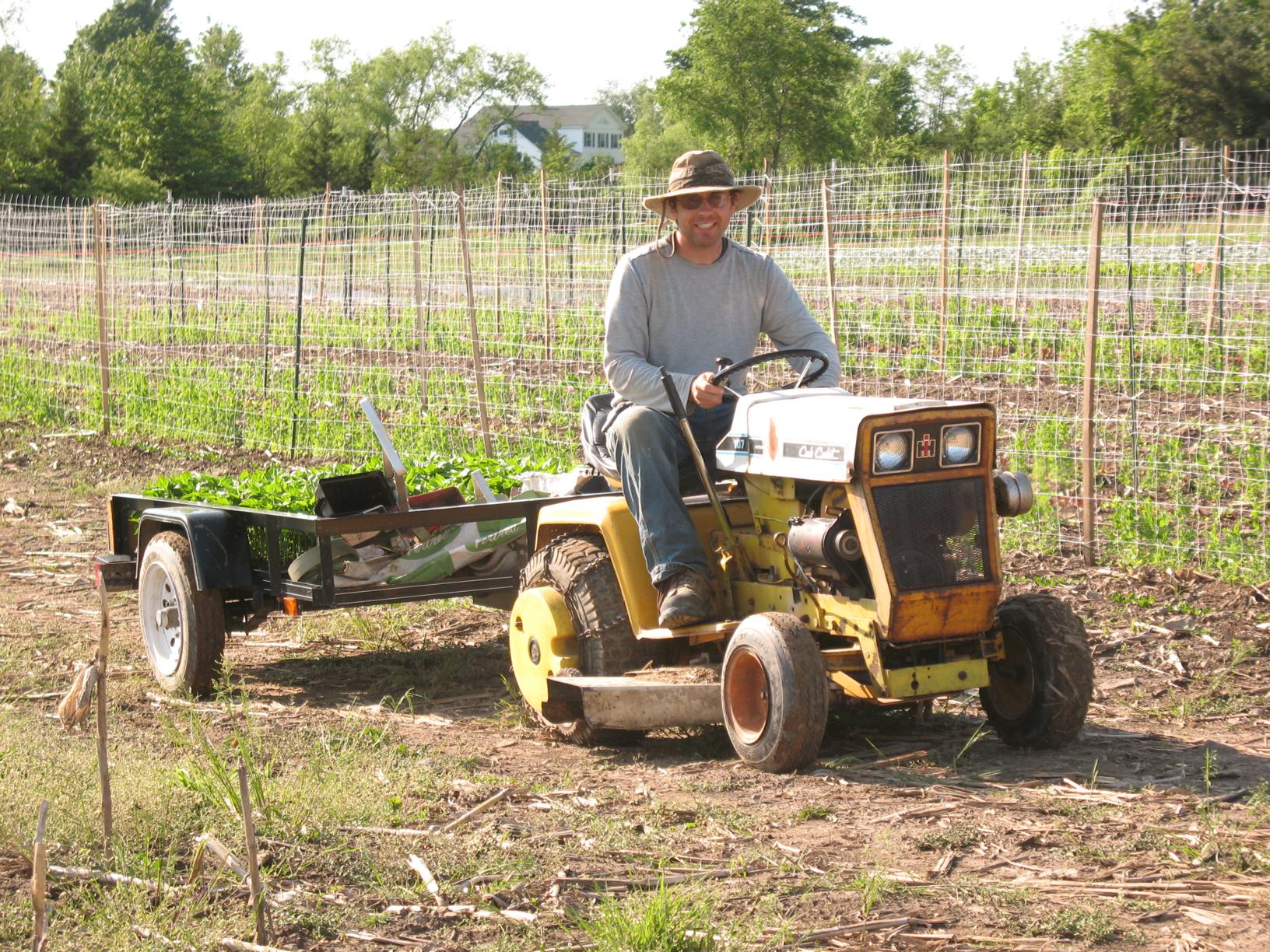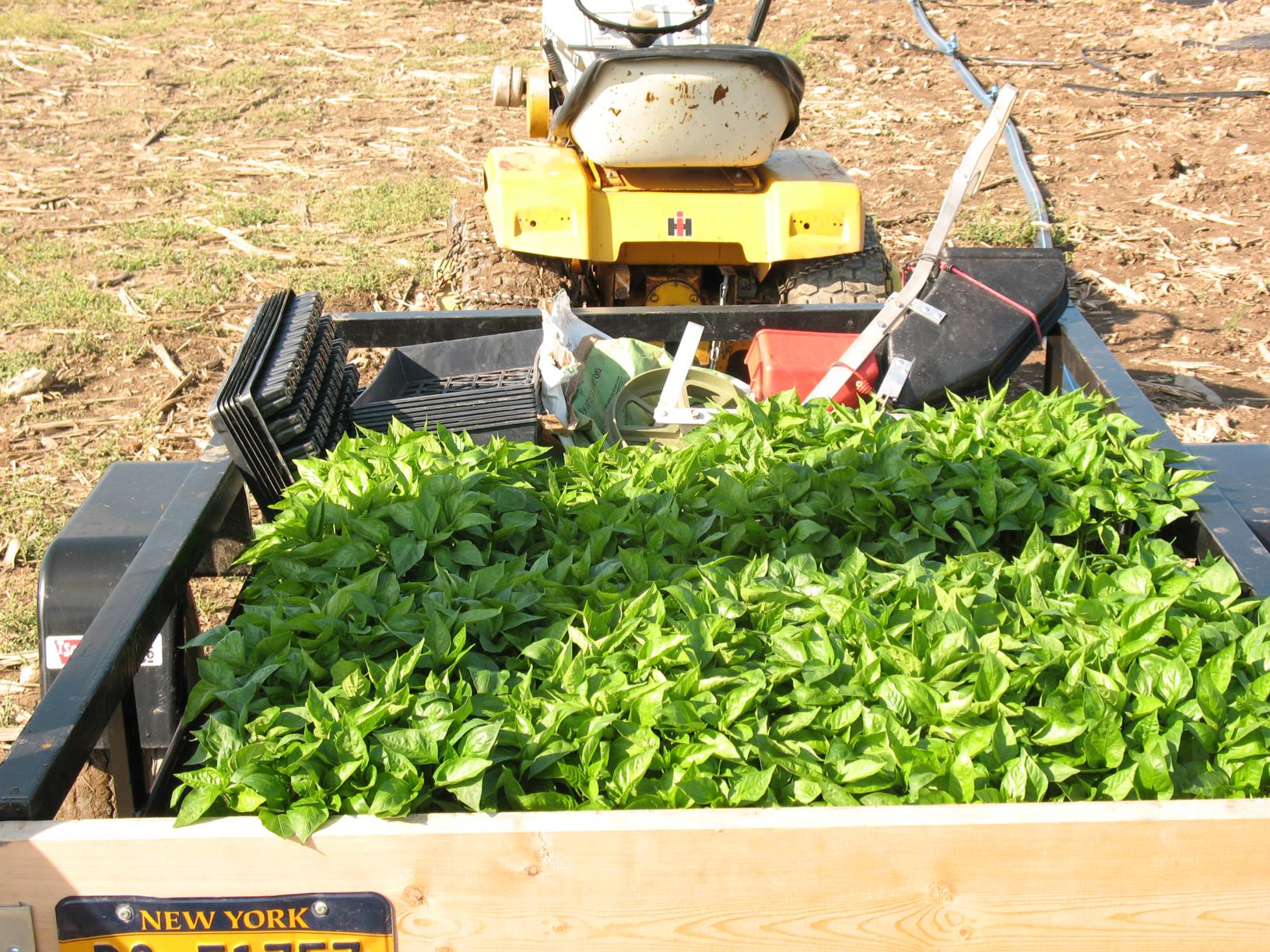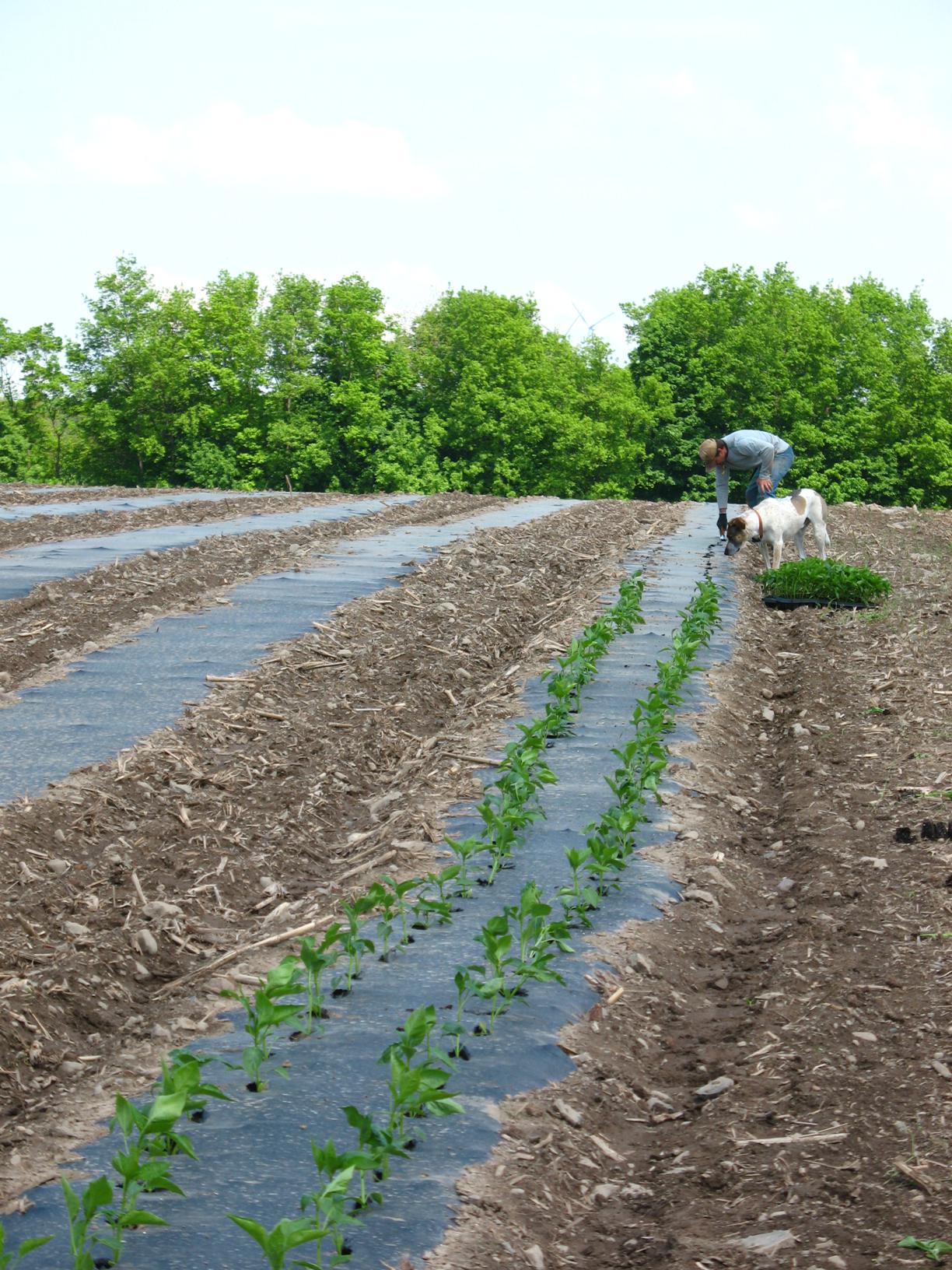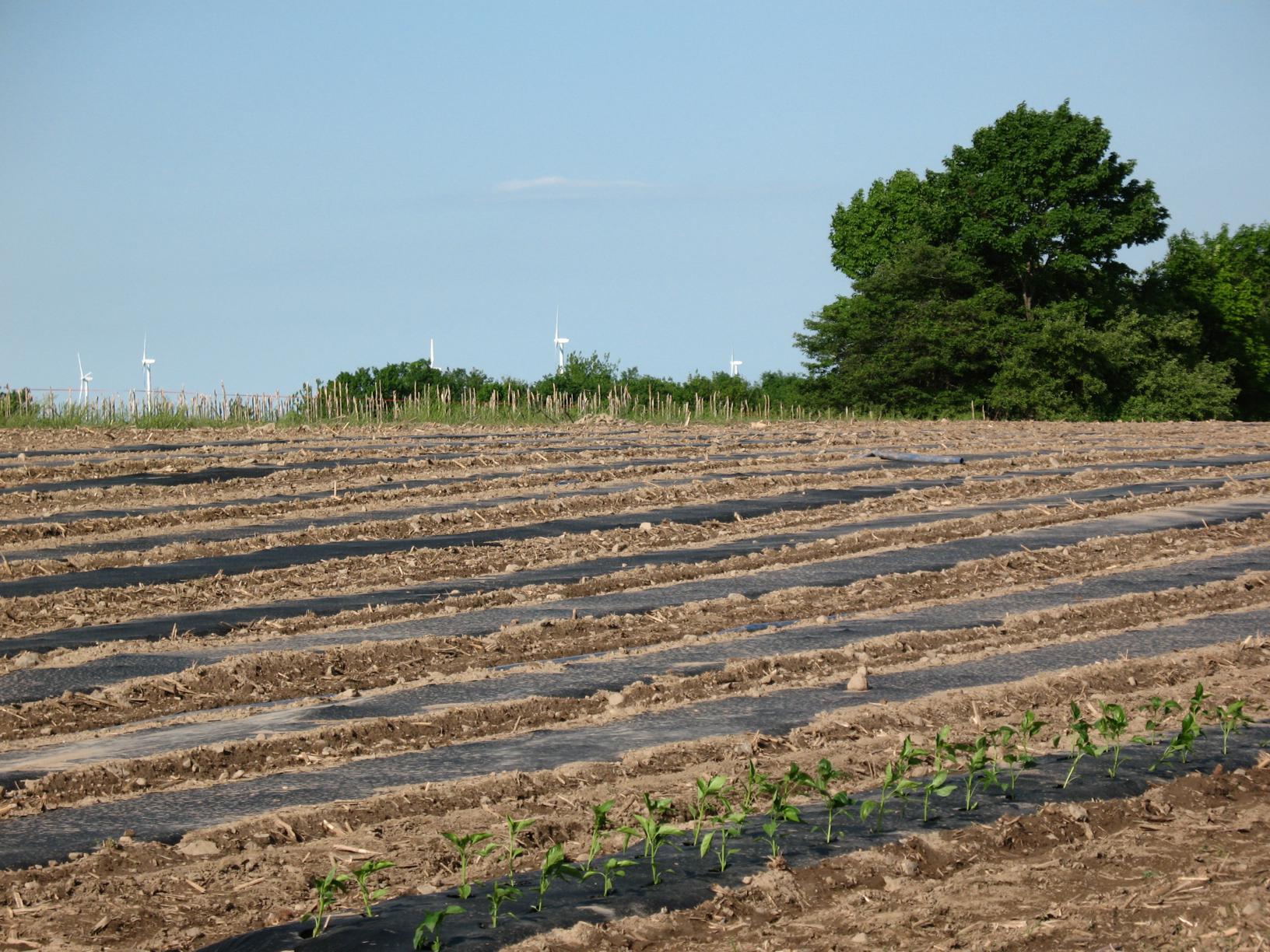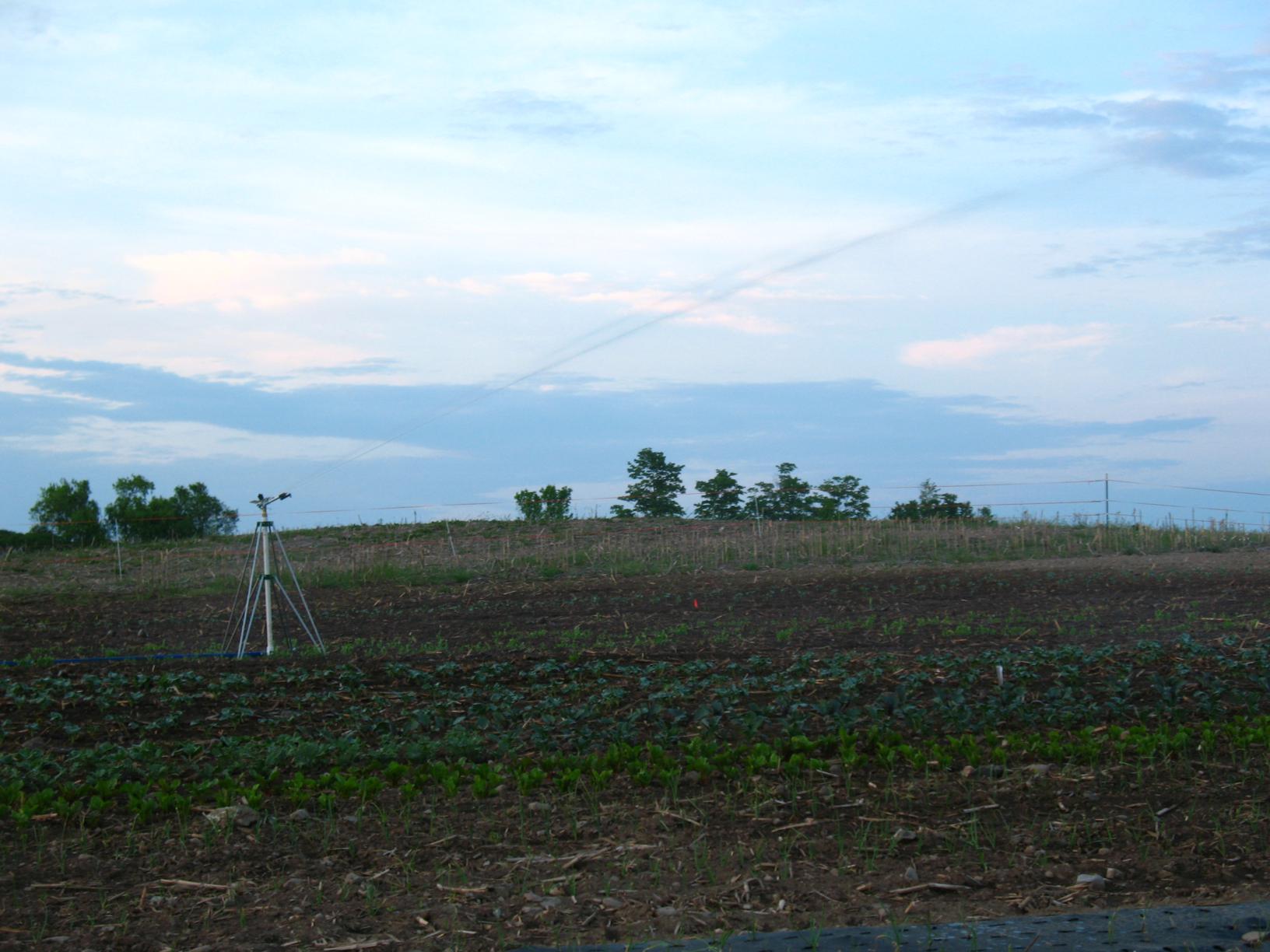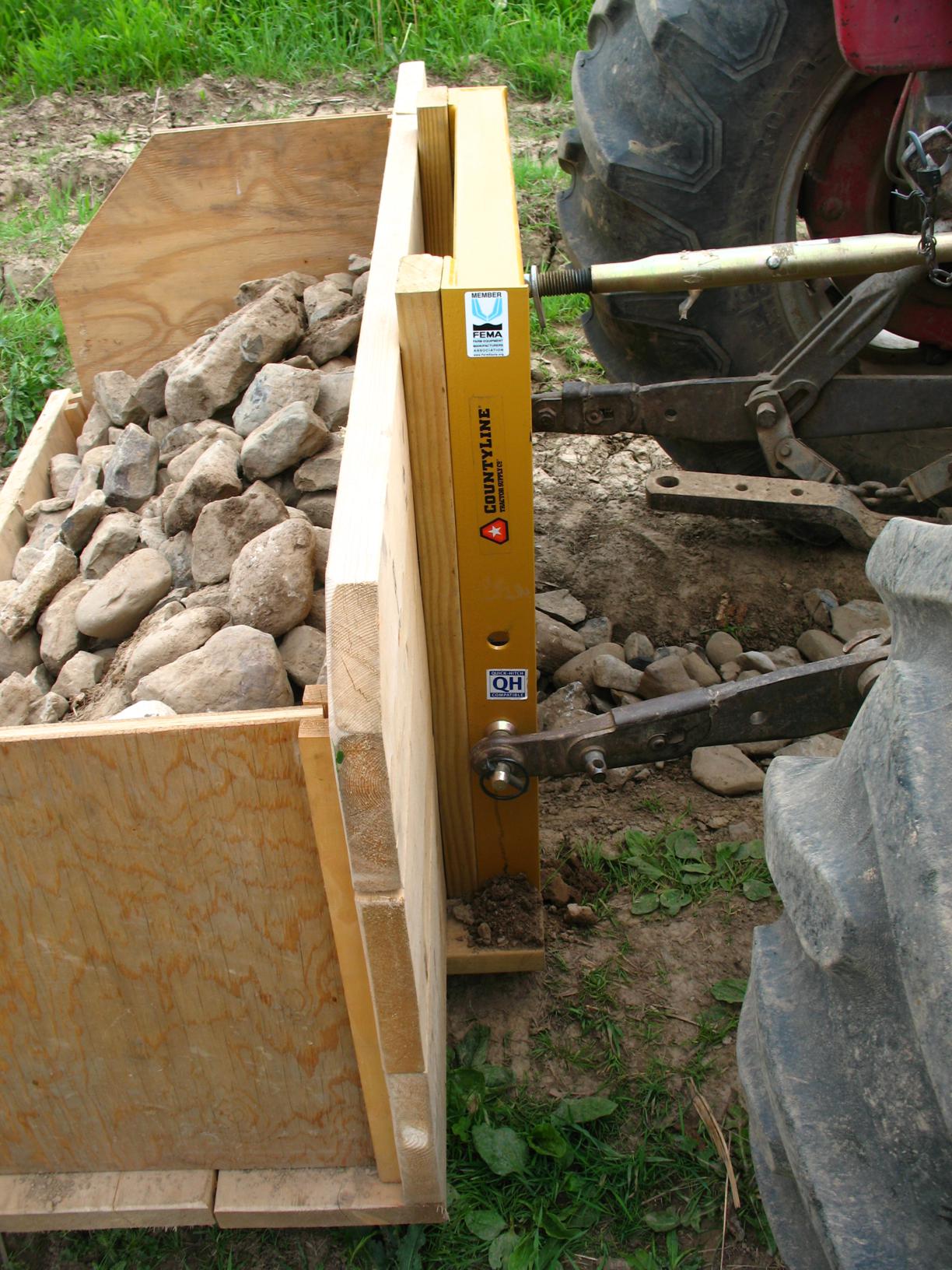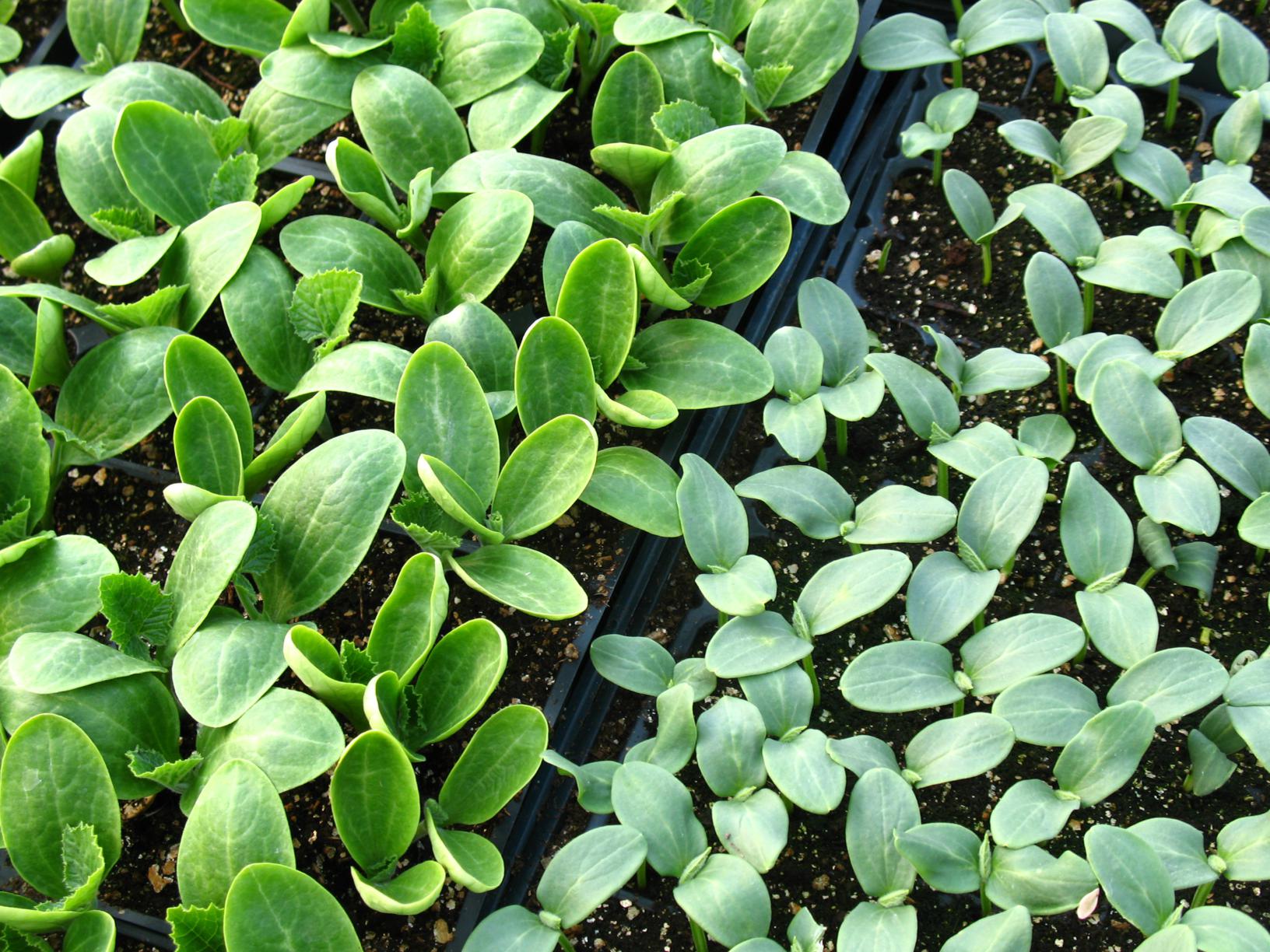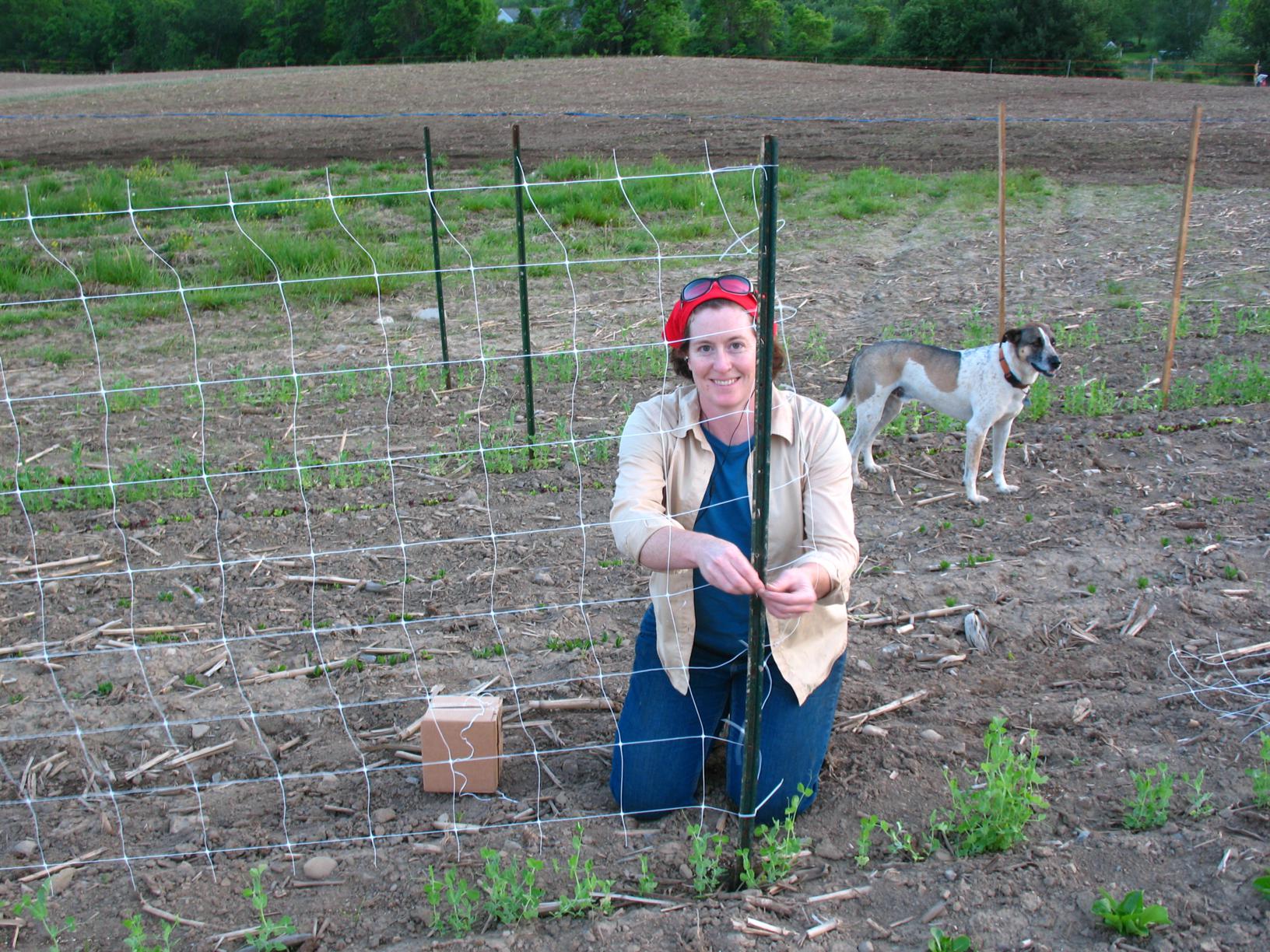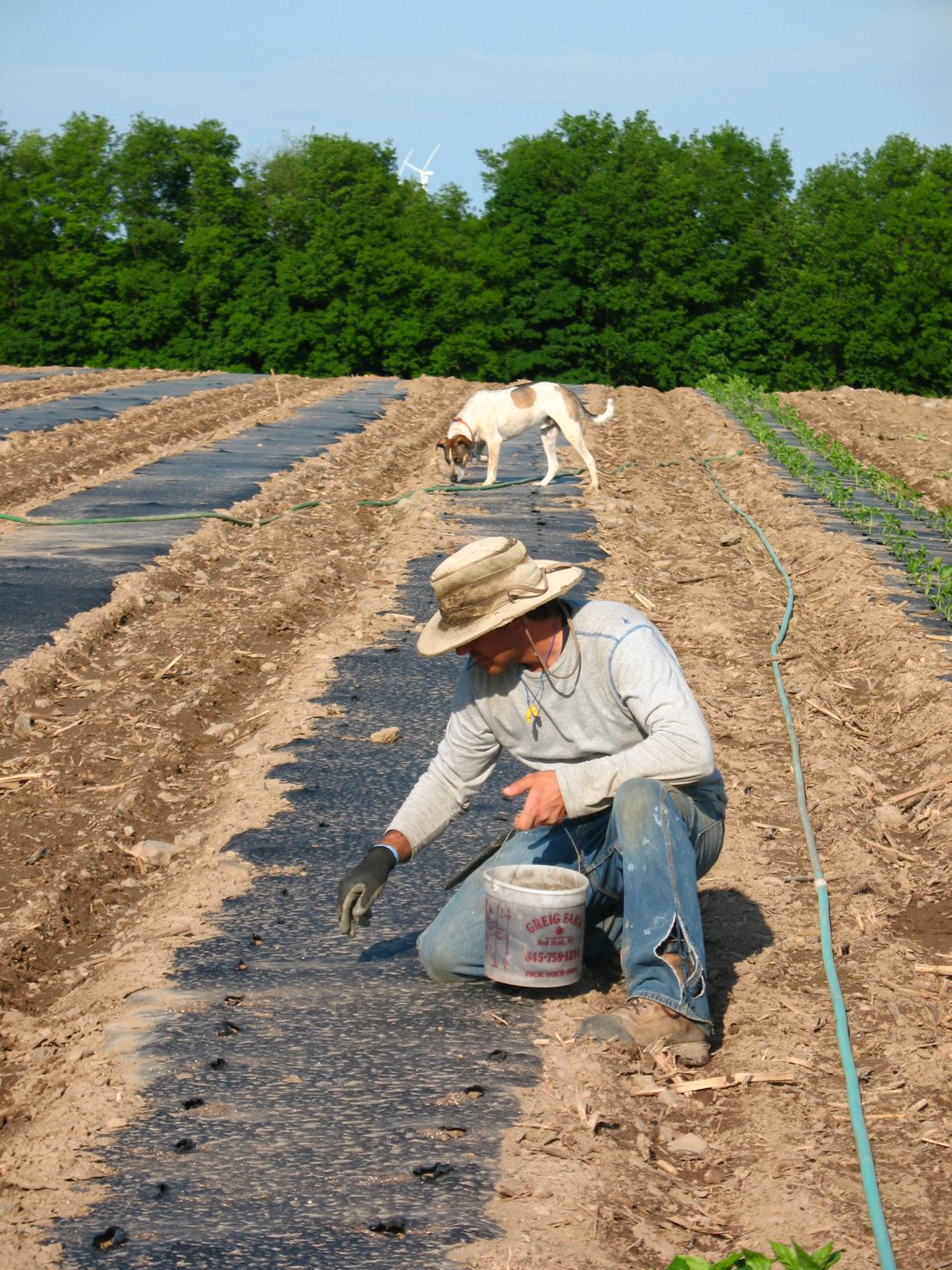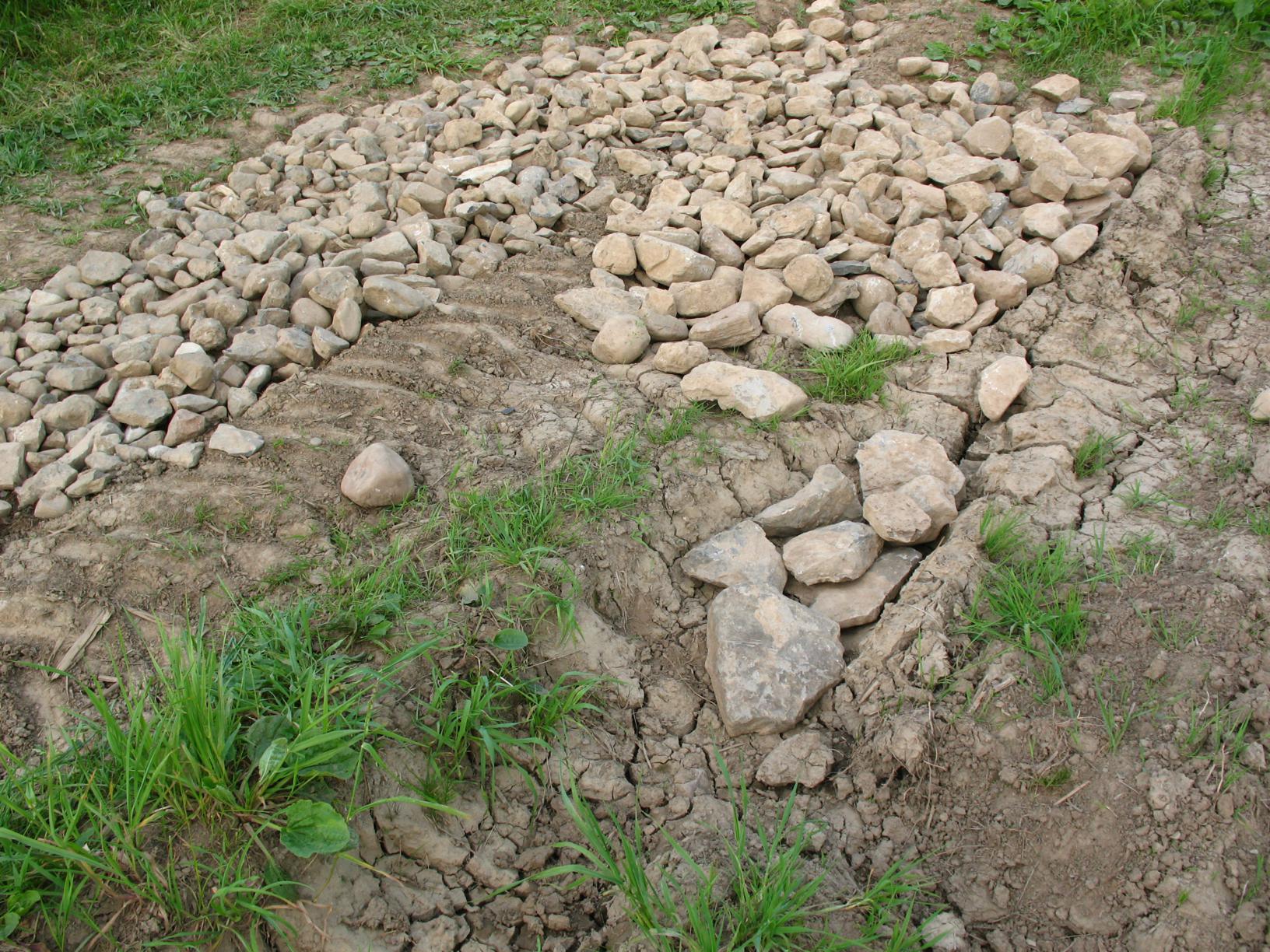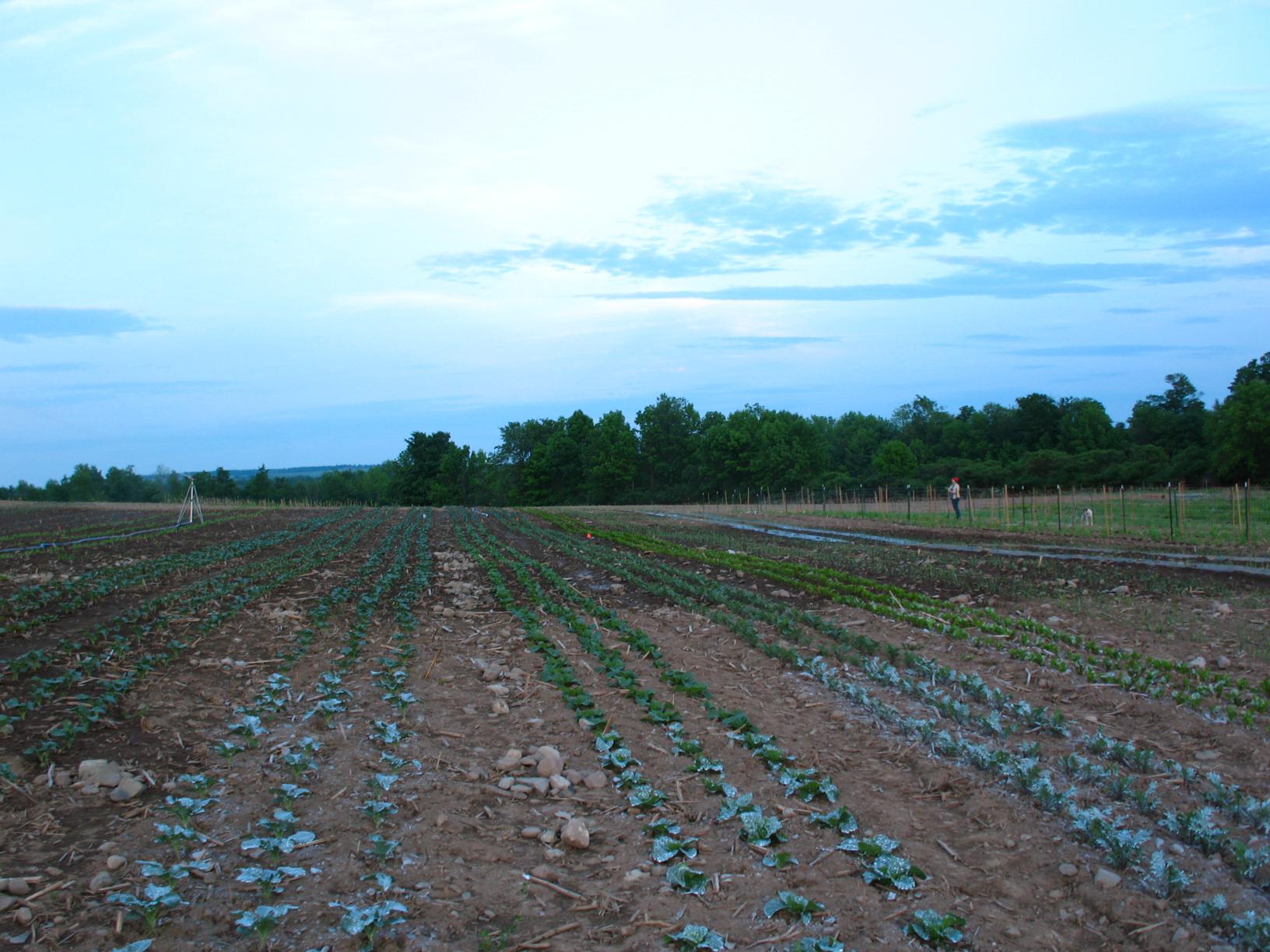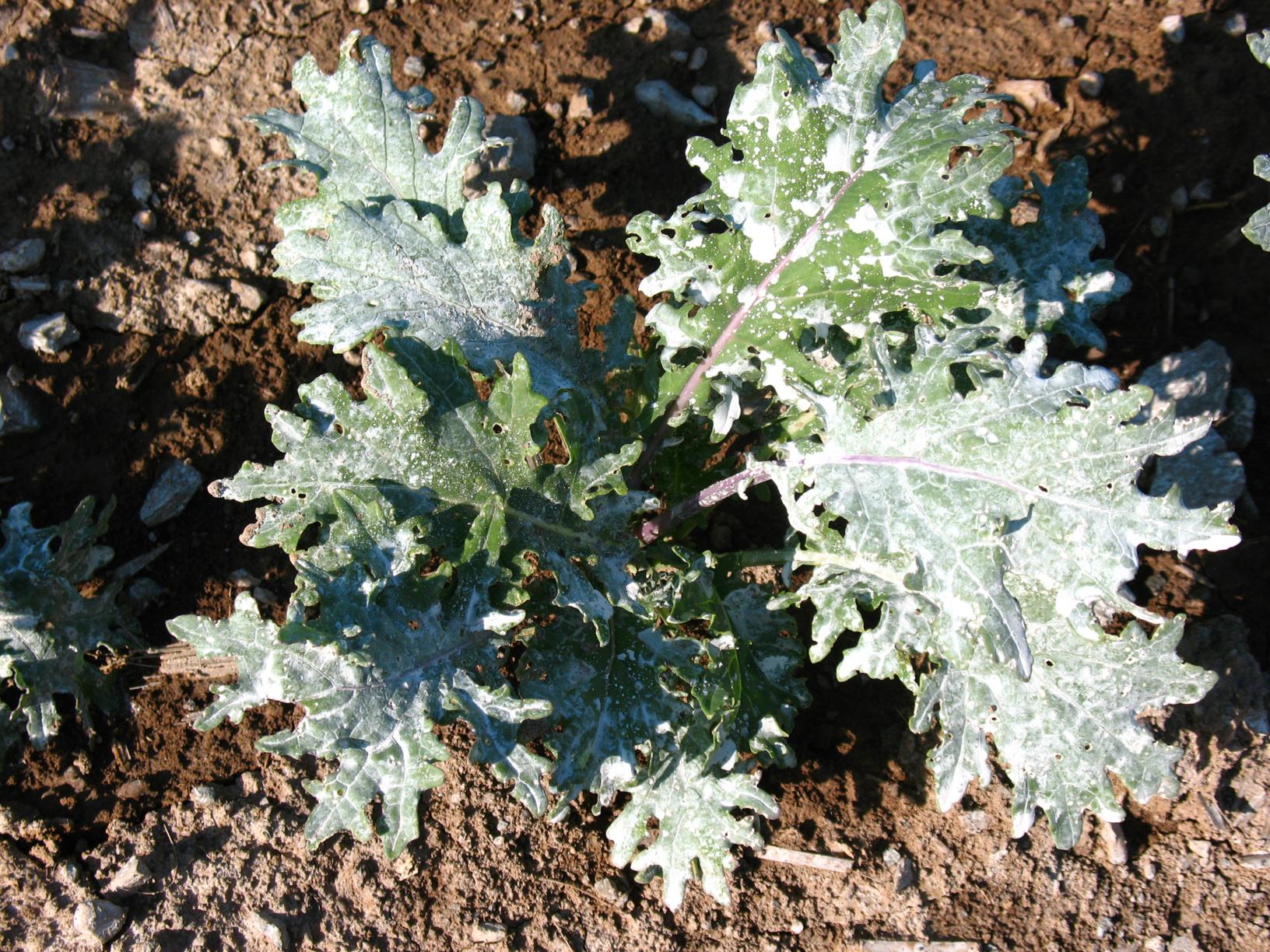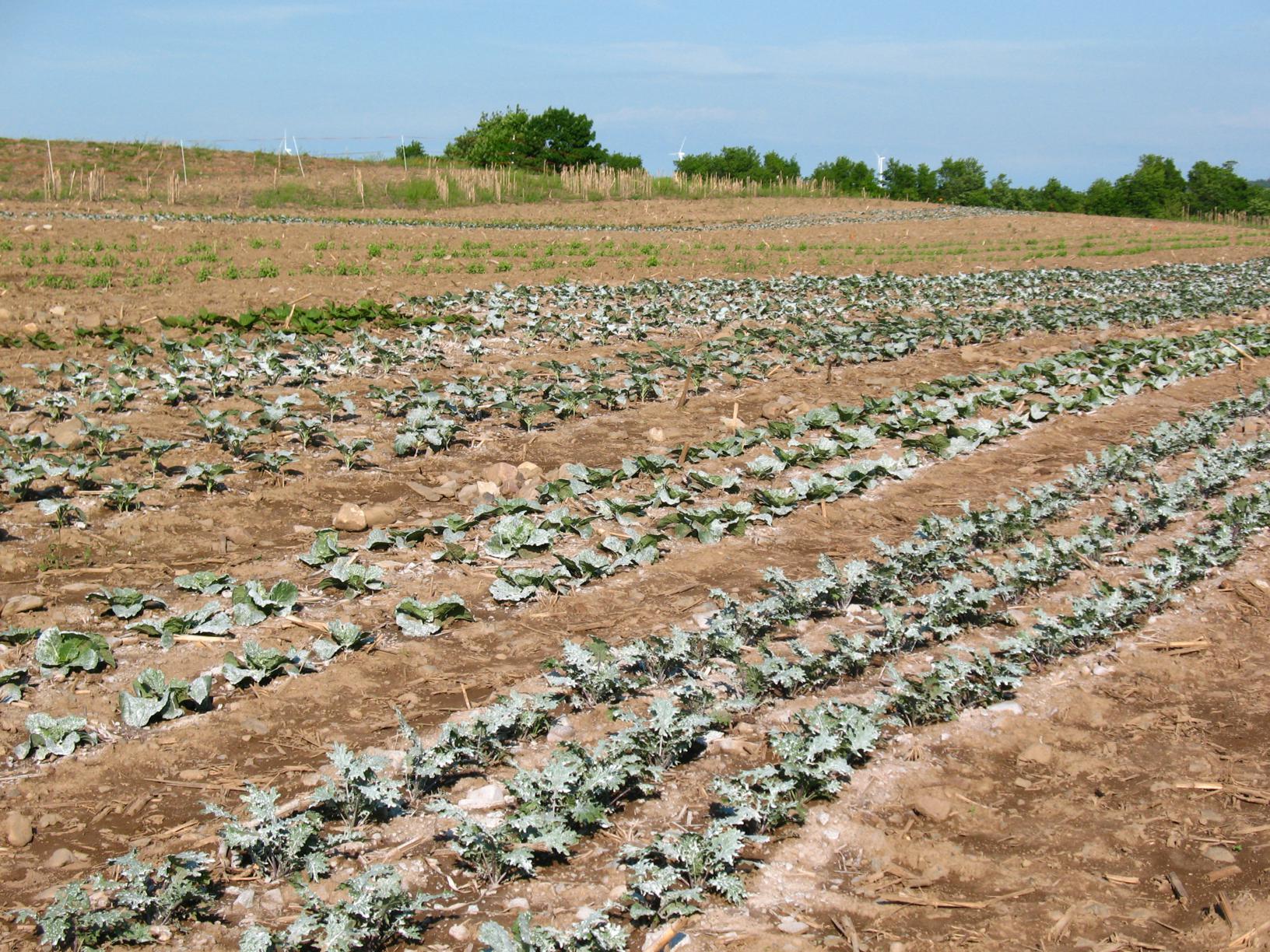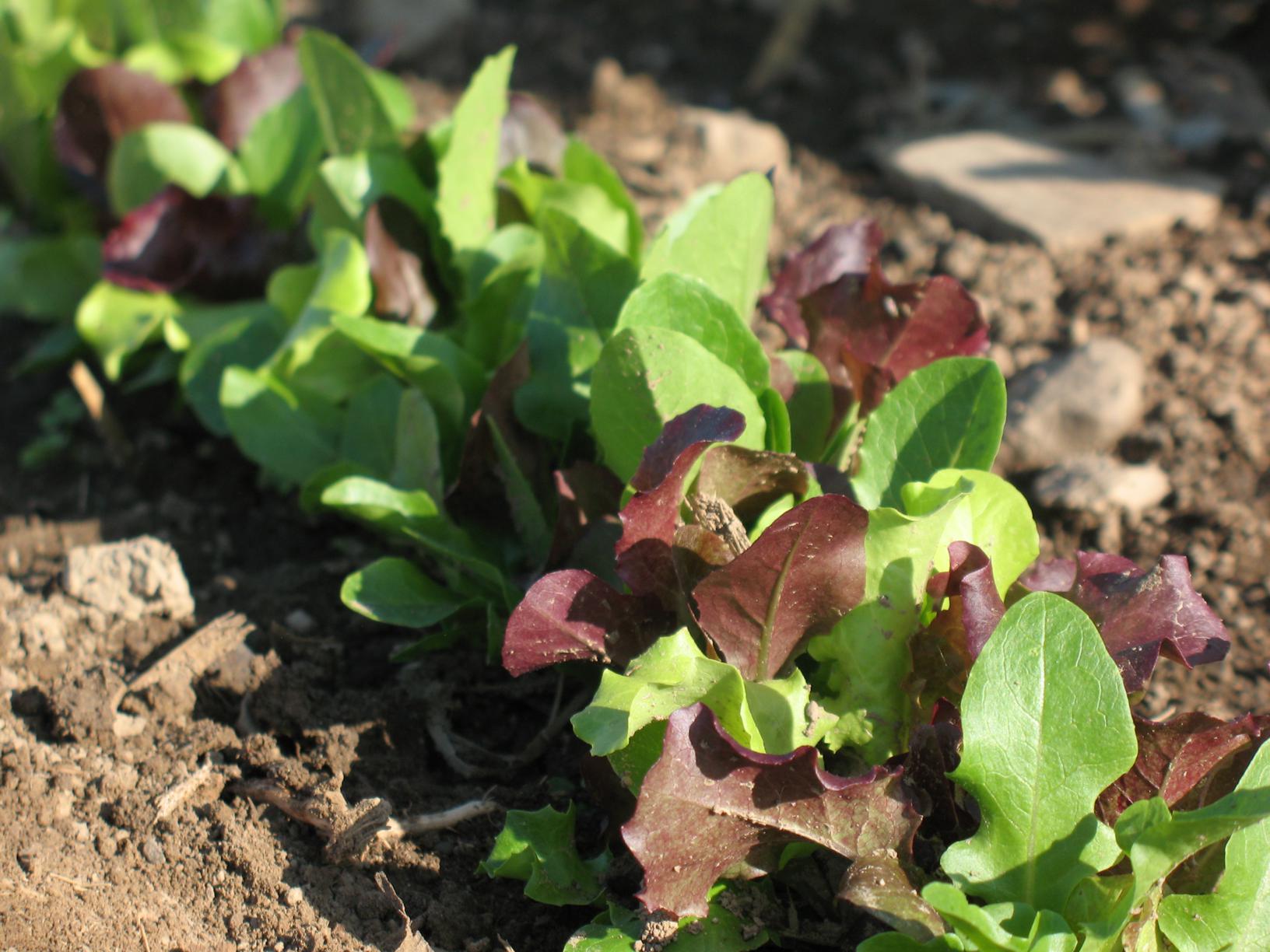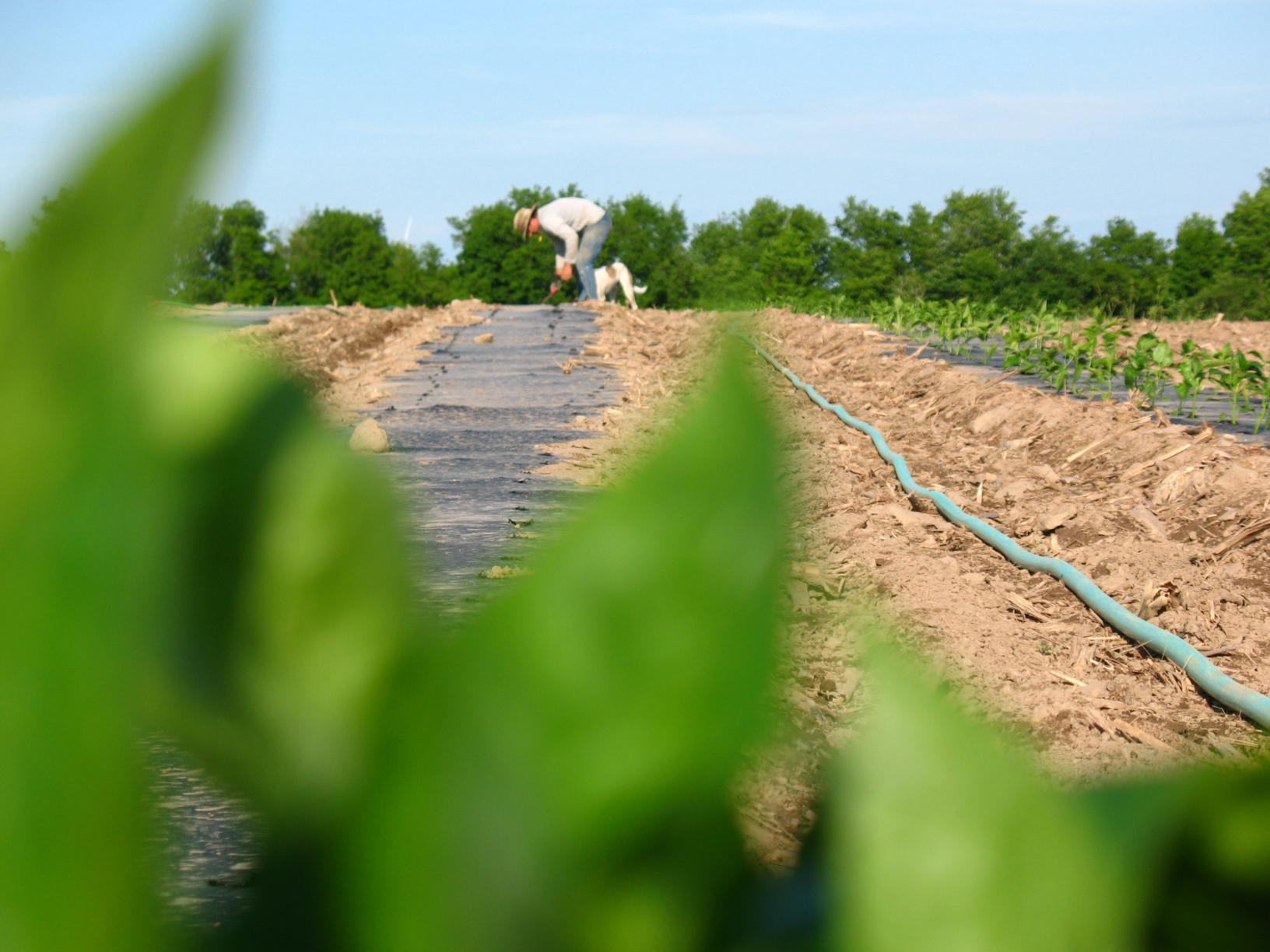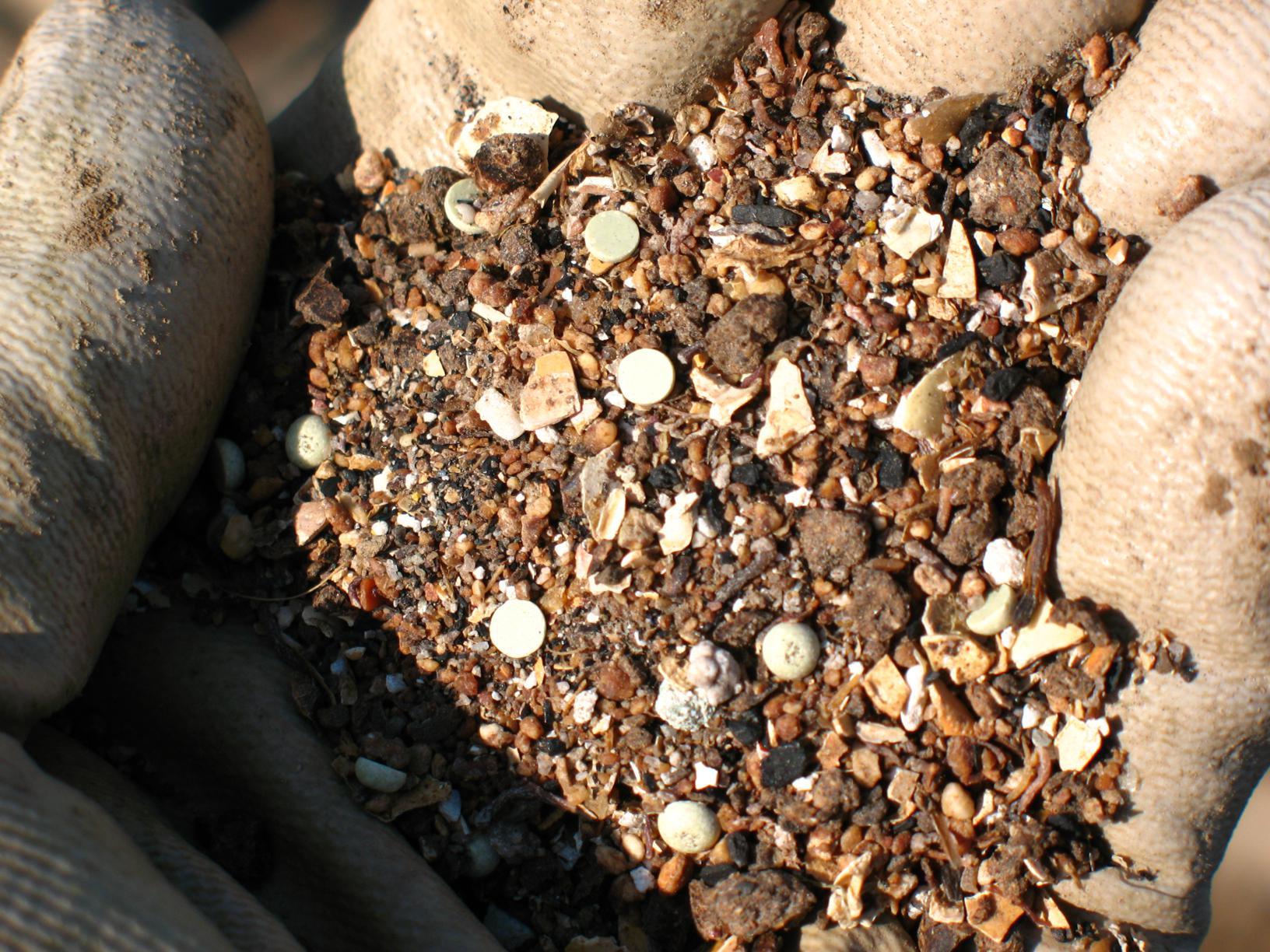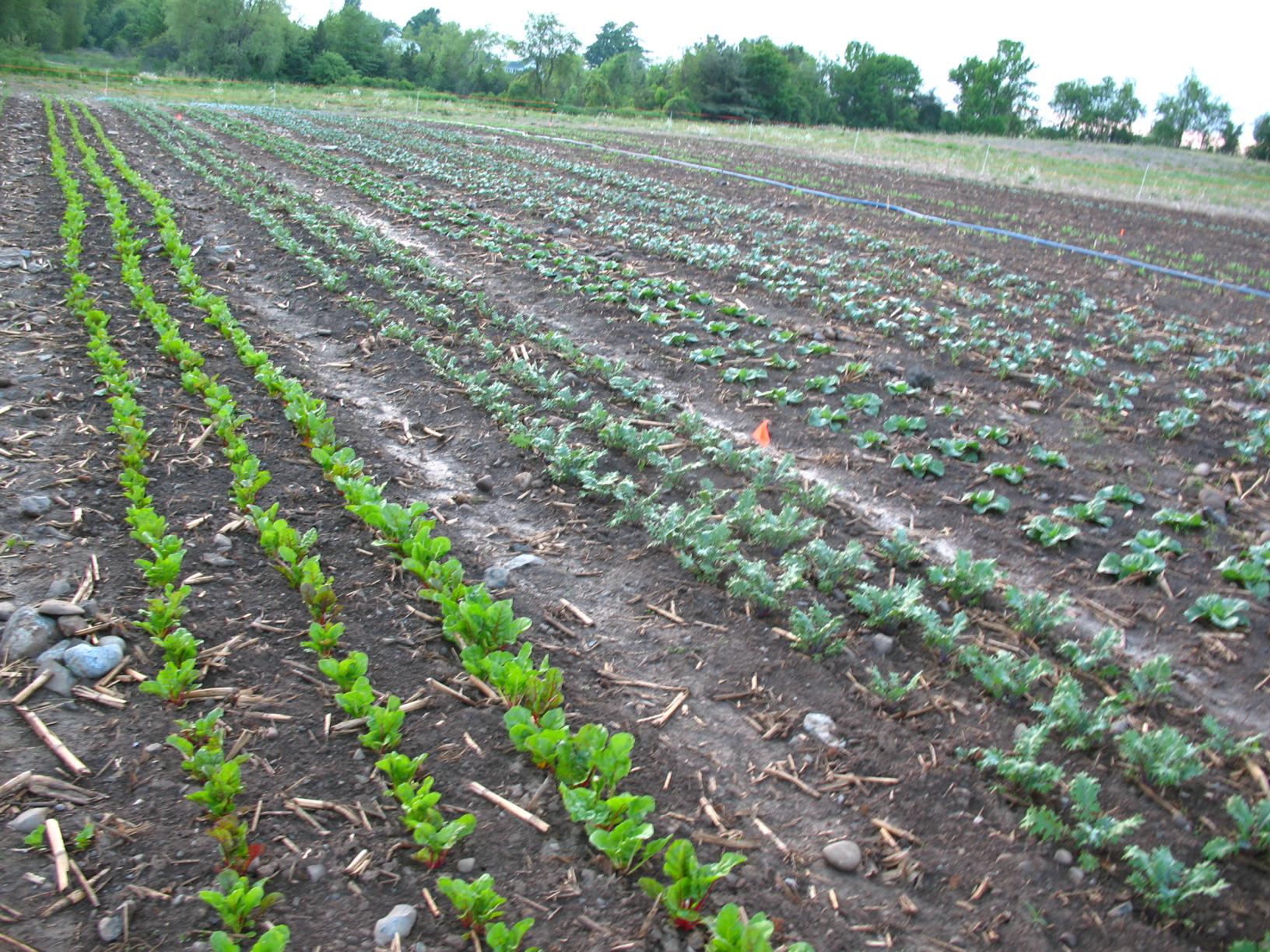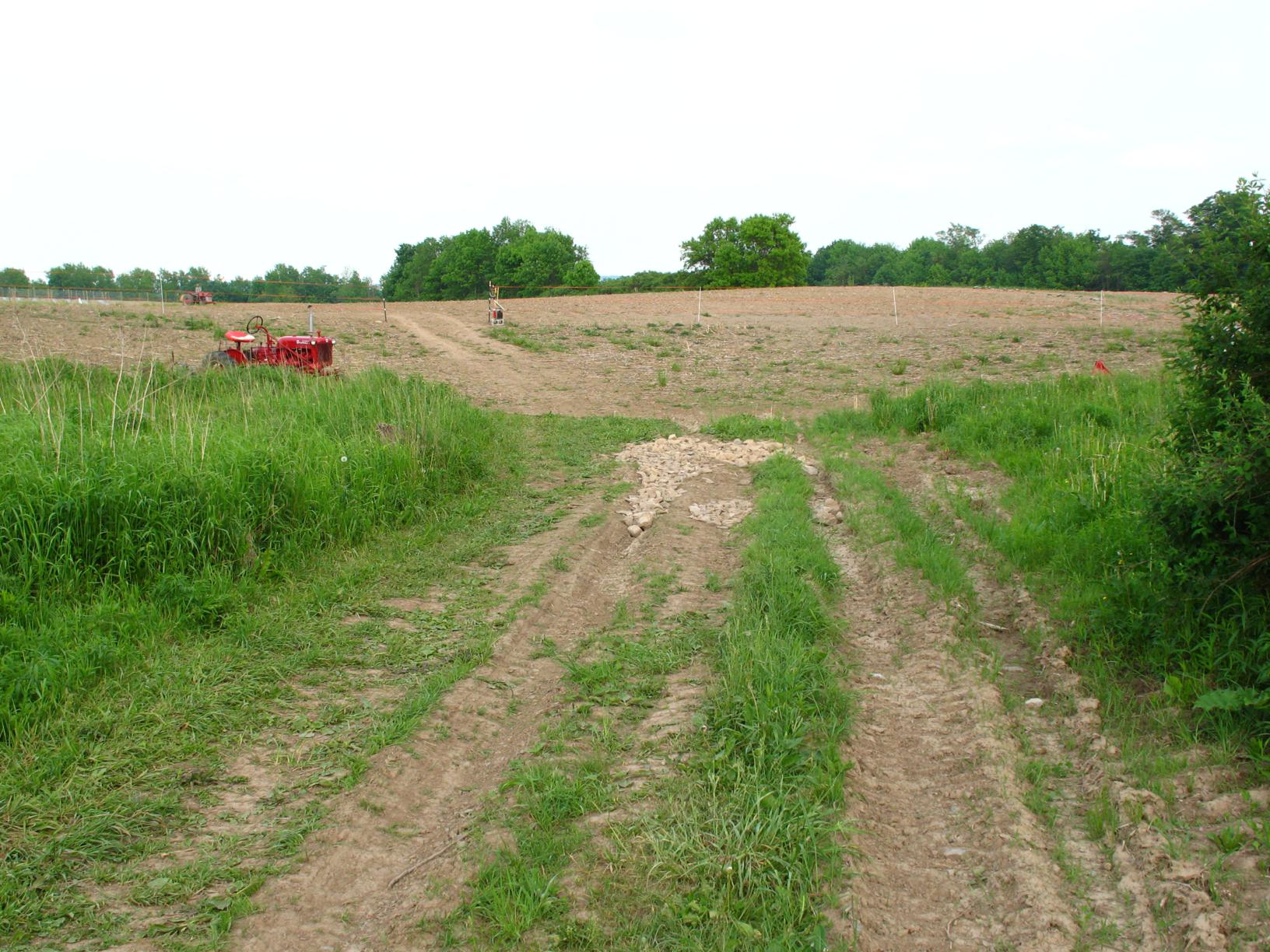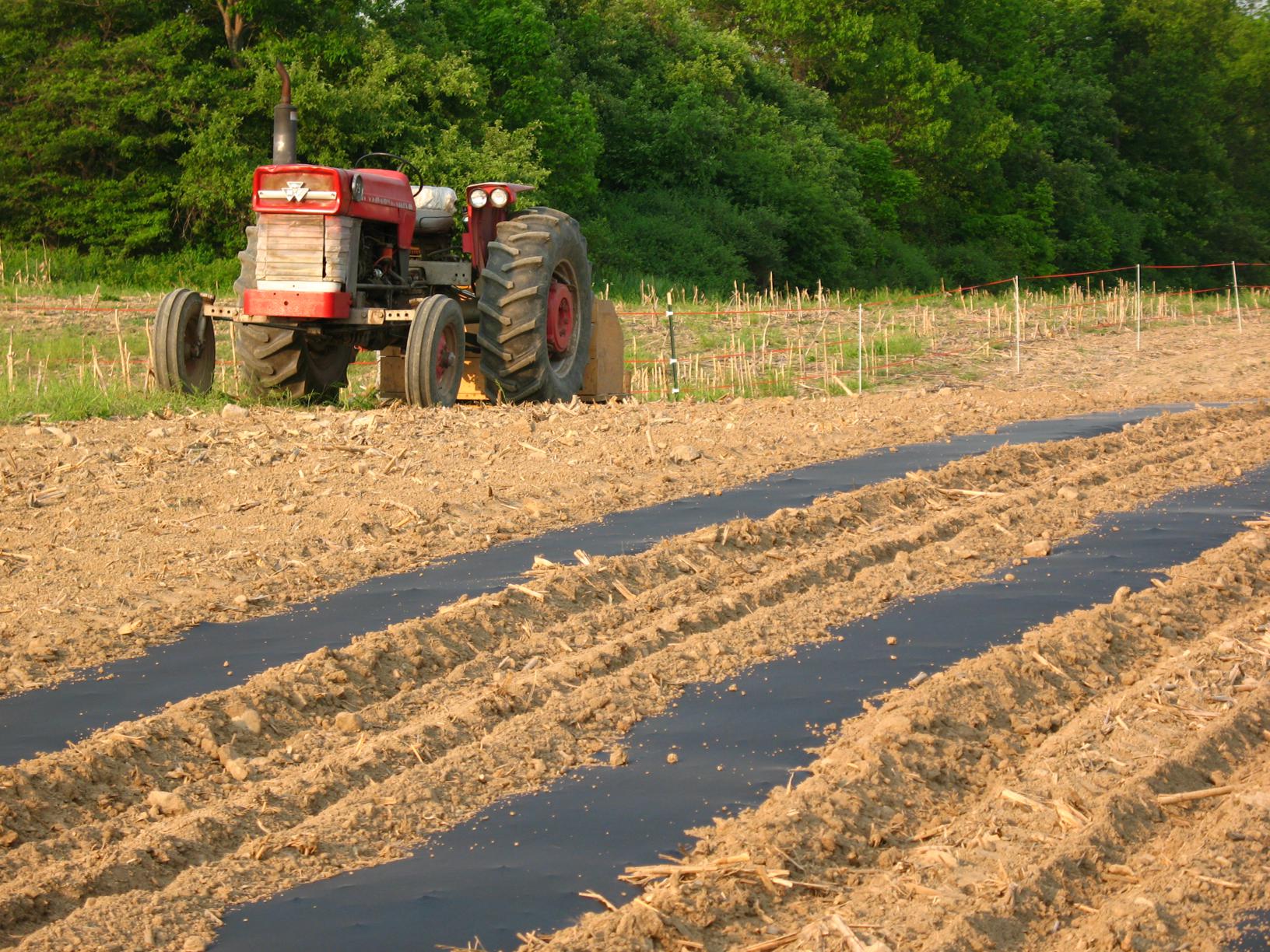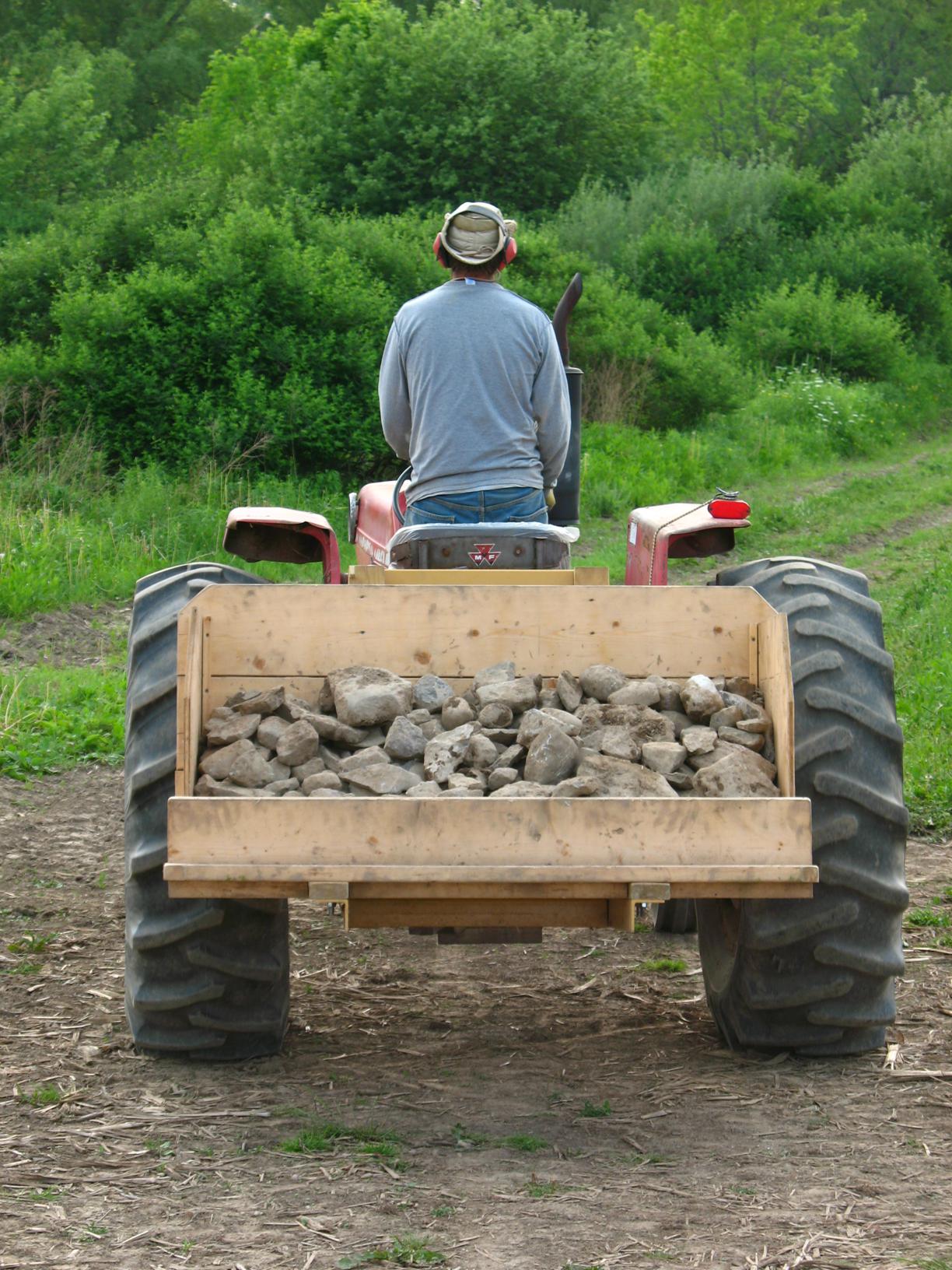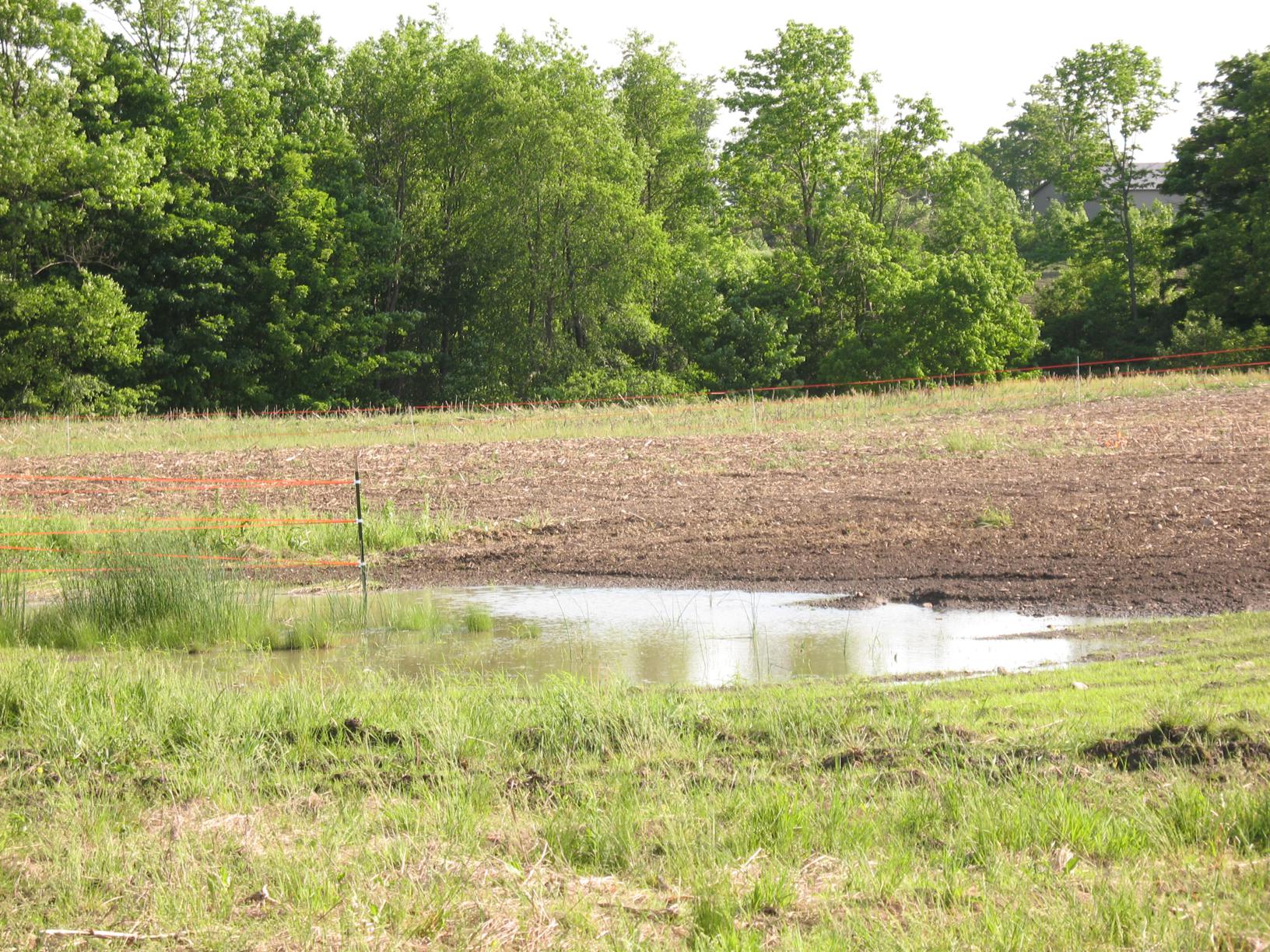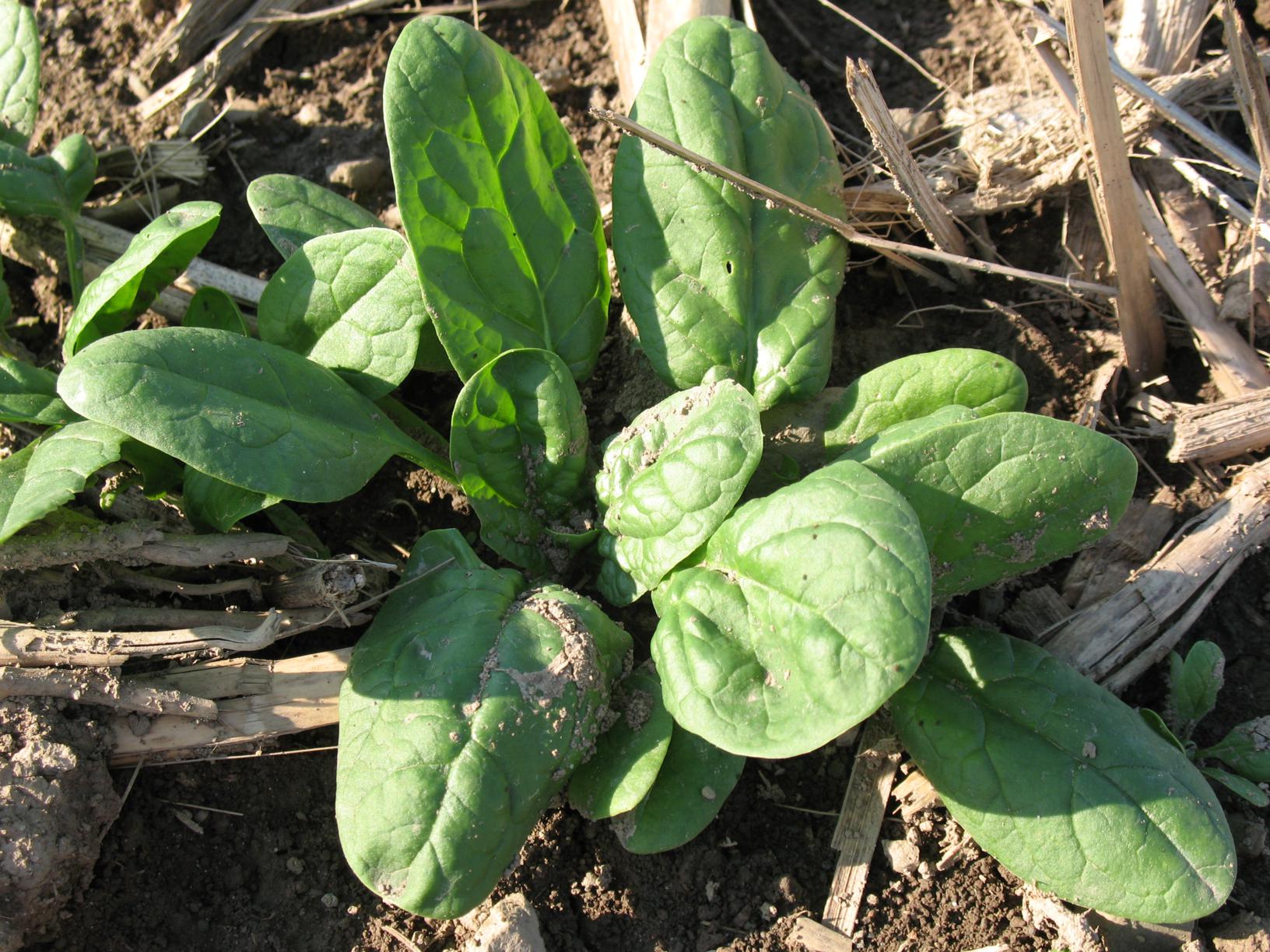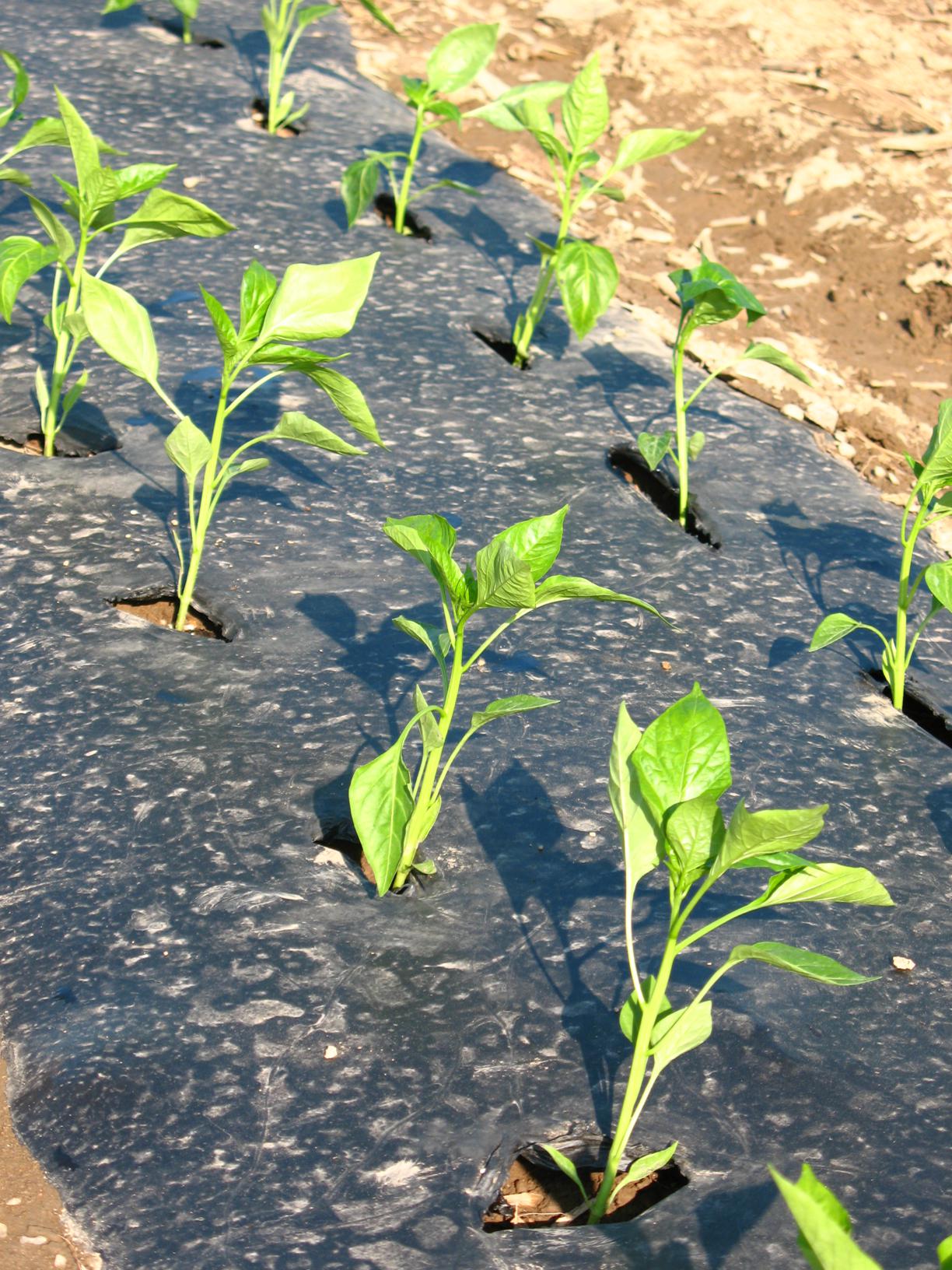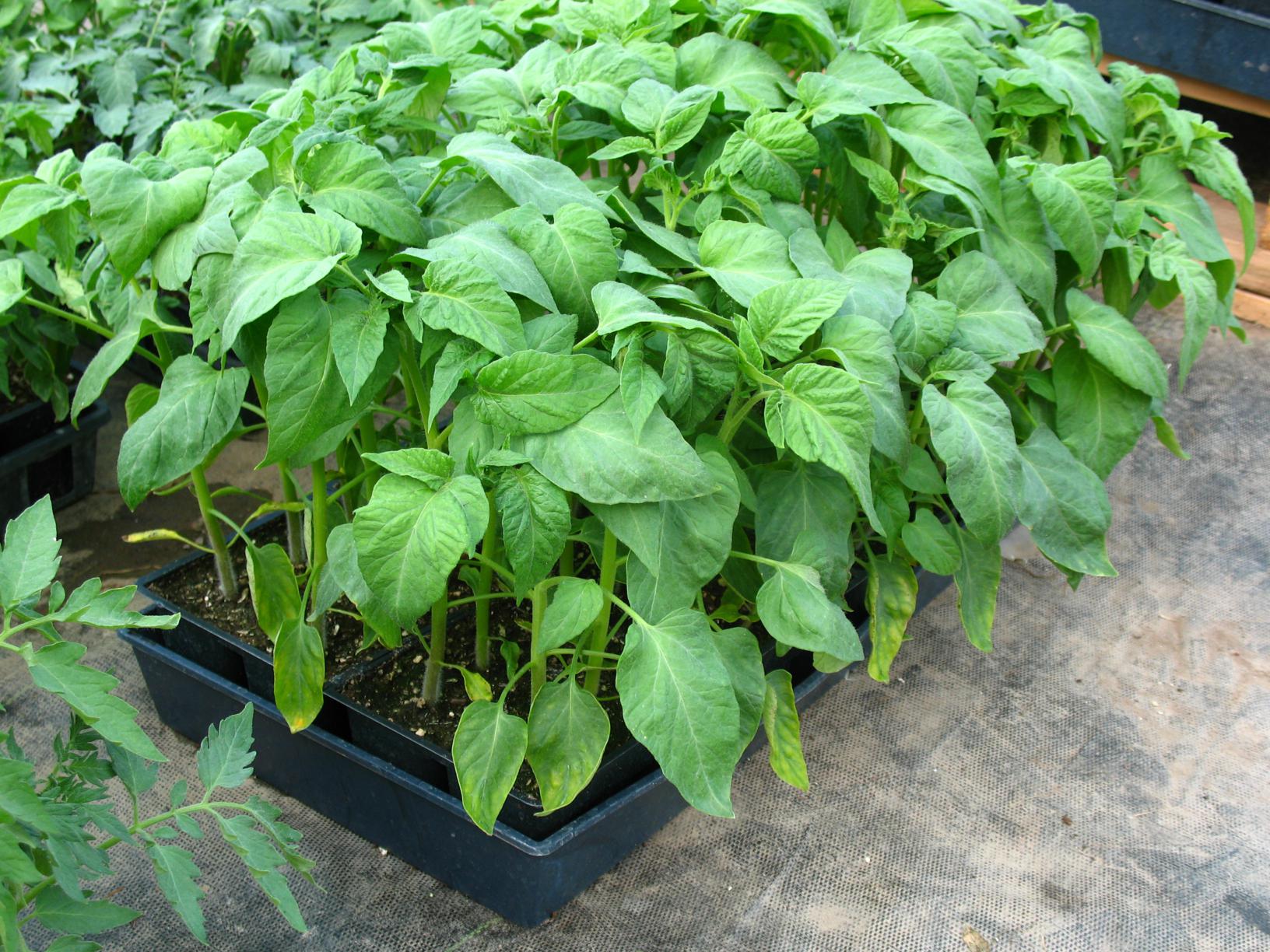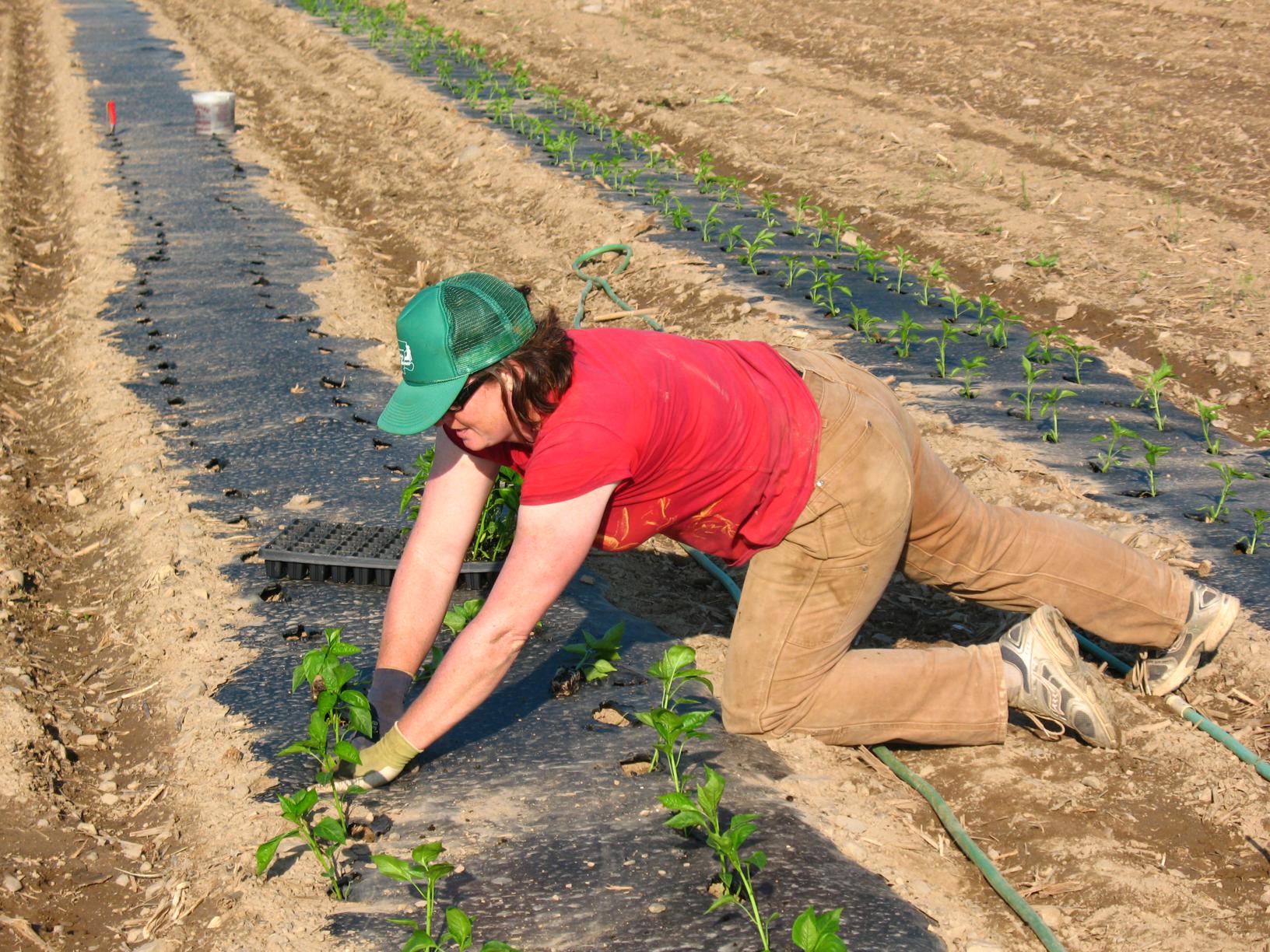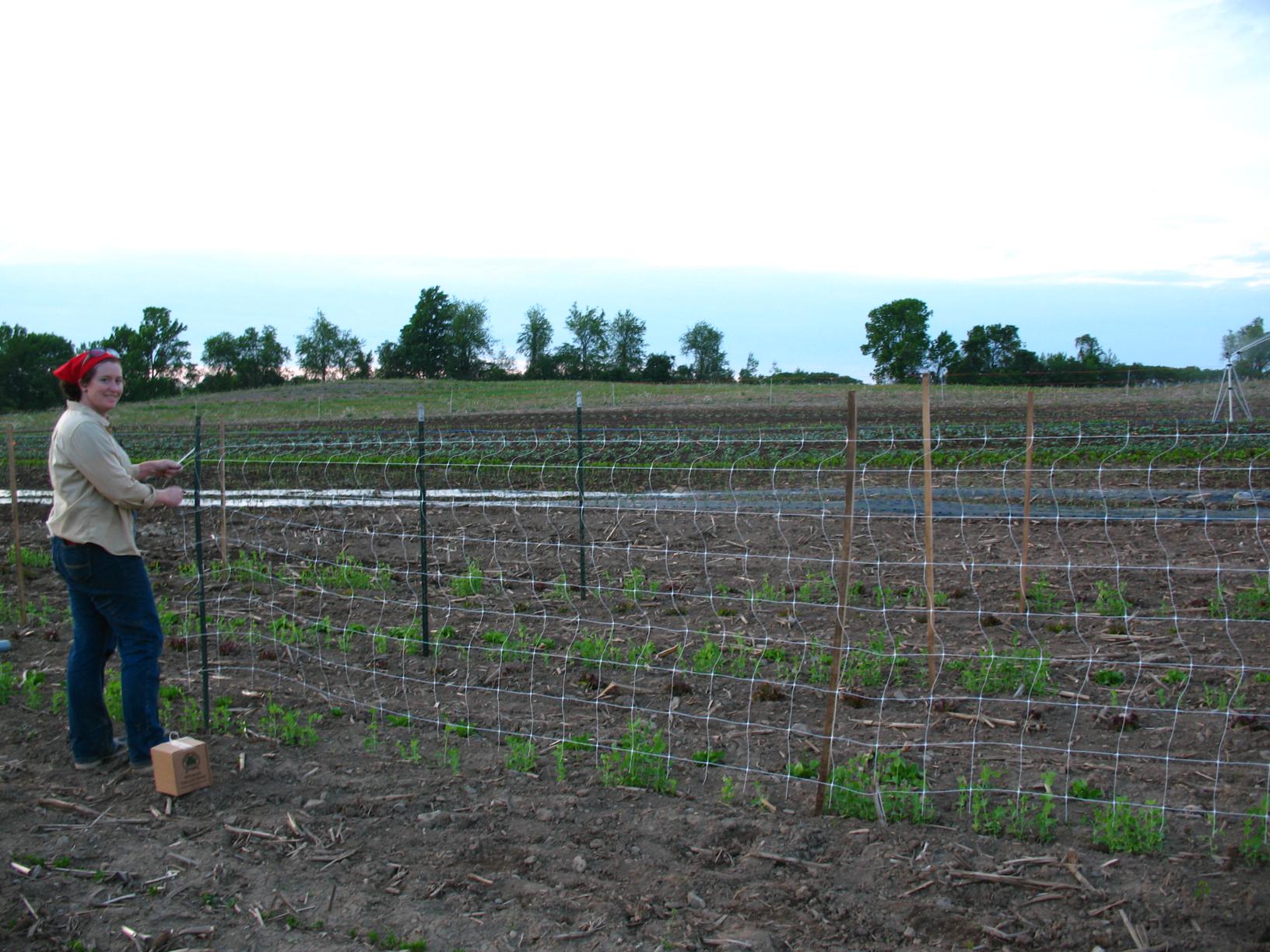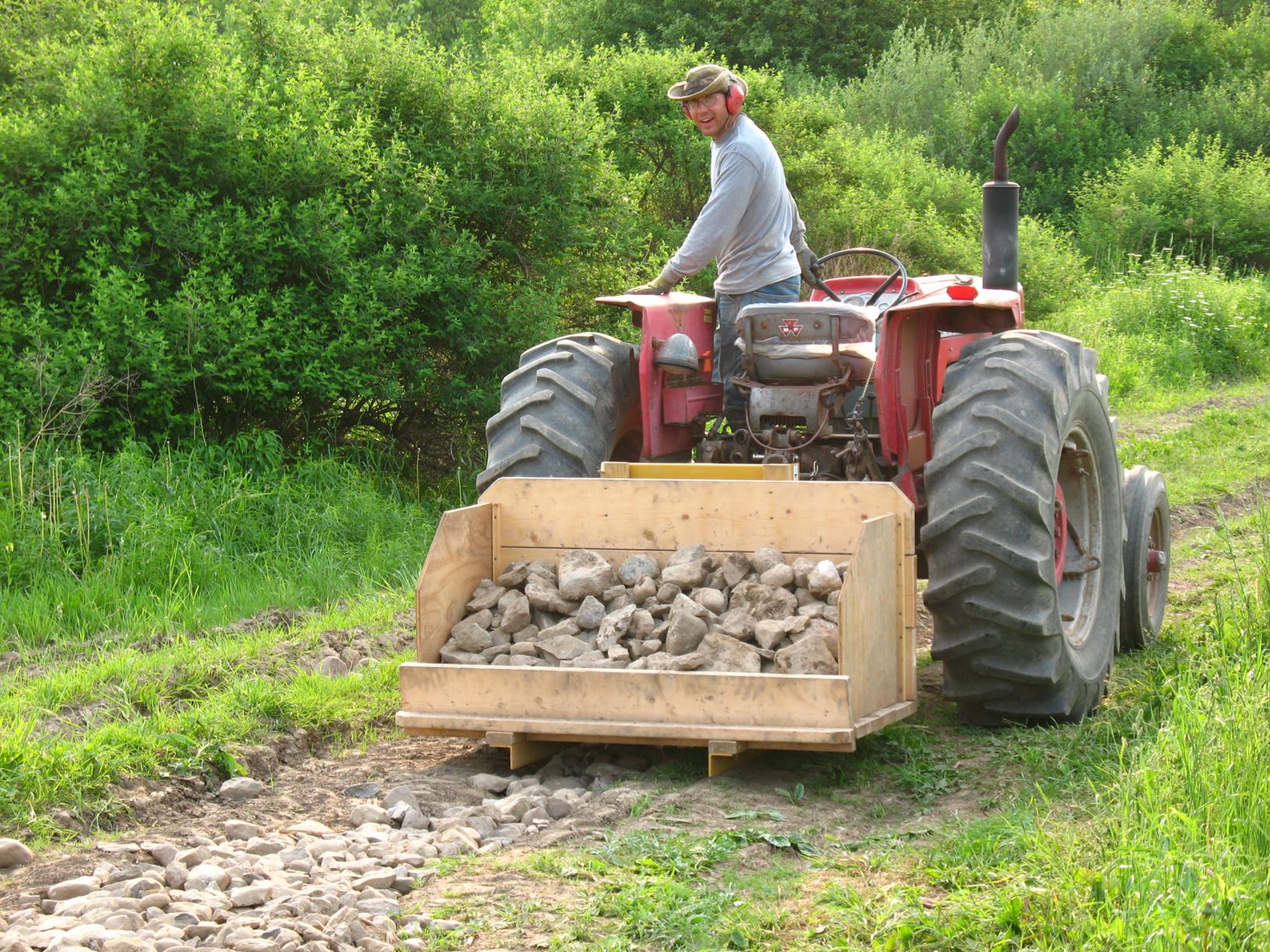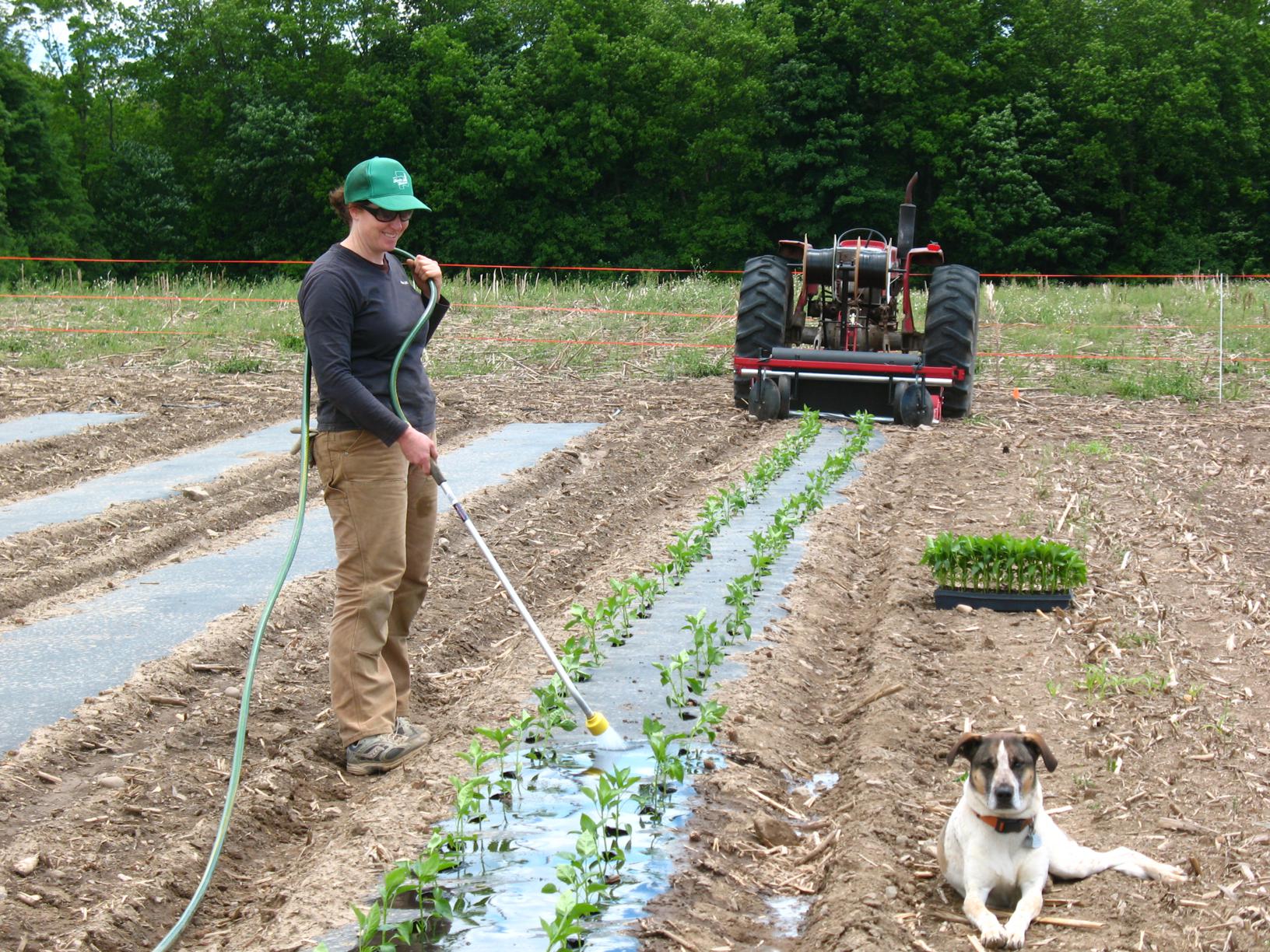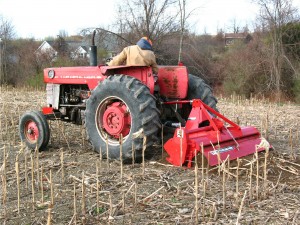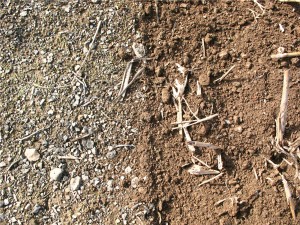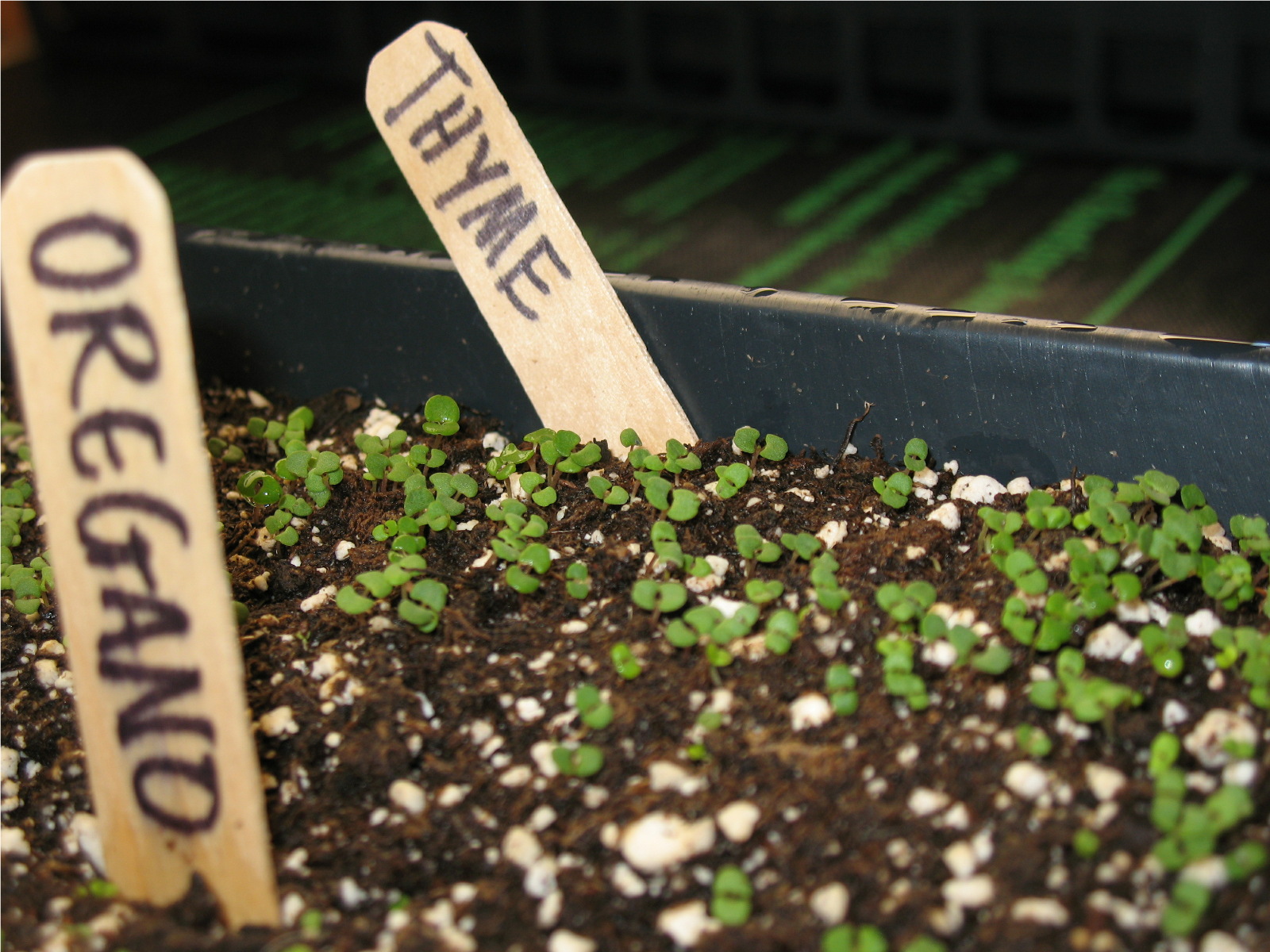... inside before the season begins. I keep saying that we will start our outside work (and we certainly will) with all its exciting pictures and stories any day now. Yet Matt and I find ourselves busy wrapping up the last inside loose ends despite the warm spring weather.

(Arlo is outside, supposedly chasing our evil nemeses [geese] out of the pond... however, they quickly learned that the water is too cold for the dog and are taunting him from the middle. Clearly he needs to step up his game a few notches!)
We are also focused now on practicing patience. I really, really want to start seeding things that I probably shouldn't. It's just so nice and the soil (even here at 1400 feet) is actually pretty warm. But... we are almost guaranteed to get cold again, so we are trying to be patient... for at least one more week! It's just hard not to get antsy with days like today! This used to be a big problem of mine, especially with starting seeds. The year that cured me was in NH when I started all my tender seeds and threw in snap peas a couple weeks early since it seemed to be warming up faster than usual. Of course it ended up getting VERY cold in late May, and I couldn't get my tender summer crops in until 2 weeks later then normal (and I had started them 2 weeks earlier than normal). The plants survived and didn't get too root bound, but I had to spend a lot of money and time re-potting them. Twice. The pea flowers, however, did not make it through the frost, and we lost a lot in yields.
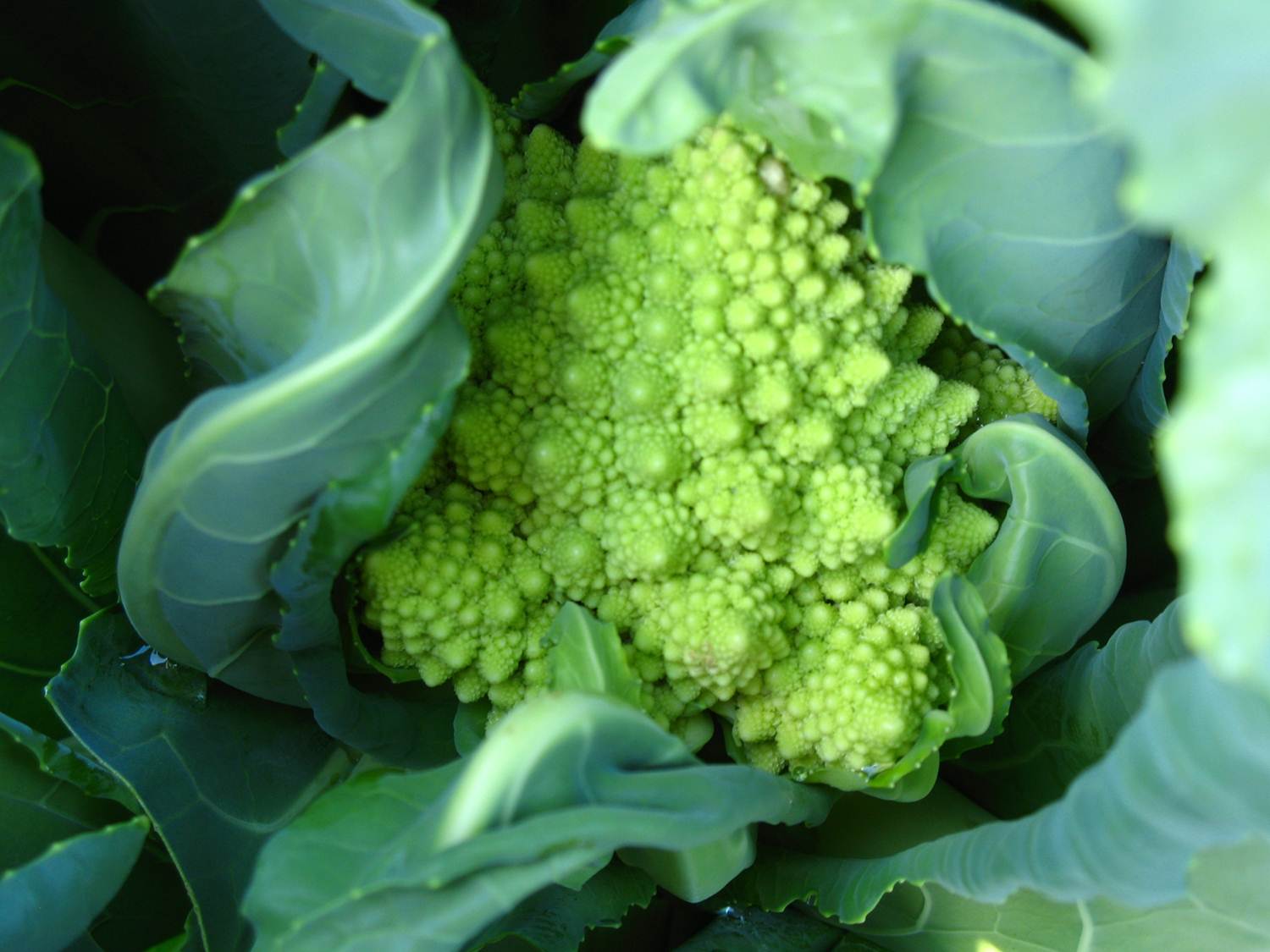 "What DO farmers do in the winter?" is a question we hear a lot. In sort, recover, regroup, re-plan, and get prepared. Winter is a great chance to reassess how the season went, what we liked or didn't like, and where we want to go from there. It's also a time to put together your vision and goals for the farm in the next season, and assemble all the things you need to make that happen.
"What DO farmers do in the winter?" is a question we hear a lot. In sort, recover, regroup, re-plan, and get prepared. Winter is a great chance to reassess how the season went, what we liked or didn't like, and where we want to go from there. It's also a time to put together your vision and goals for the farm in the next season, and assemble all the things you need to make that happen.
This winter (and this early spring) were certainly busy for us. In the past week, I have been working on finishing the orders for most of our spring supplies and seeds. Typically we would do this last month, but we didn't want to buy anything new knowing we'd just have to move it again!
Where do we order our seeds and growing supplies from? Our favorite places for seeds include:
Johnnys Selected Seeds (out of Maine)
High Mowing Seeds (out of Vermont)
Wild Garden Seeds (West Coast)
We try to work with companies and seed houses that breed (or at least test) seeds for our northern climates. We also like places that offer a mix of hybrids and open-pollinated/heirloom seeds, to give us a good balance between new and old crops.
For growing supplies, we use Johnnys again (link above), as well as:
Nolt's Produce Supplies (no website, but out of PA)
Fedco Seeds
And for when random parts are breaking, FarmTek
This year we are trying out some NY vendors and hope to find some local places!

Matt, meanwhile, is focusing his energy on finding a tractor. We have a great little cultivating tractor, but now need something with a bit more power to work the roto-tiller. Unfortunately, our scale seems to put us in the black hole of tractor sizes. There are tons of sub-35 hp and over-90 hp machines out there, but not a lot in the middle range (which is of course what we are looking for). He hopes to decide on something by the end of the week!
Look for notes and seed starting pics tomorrow!


